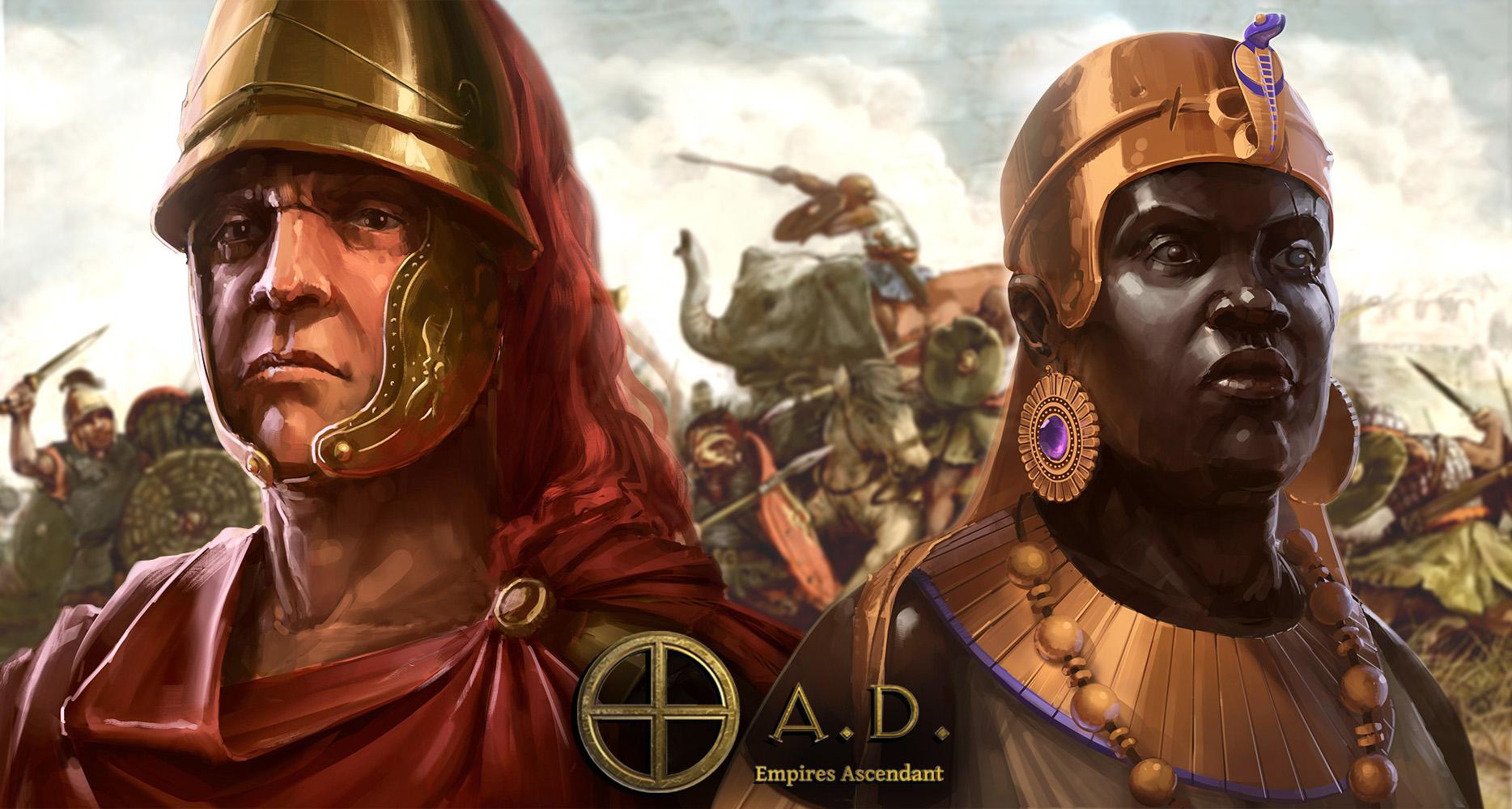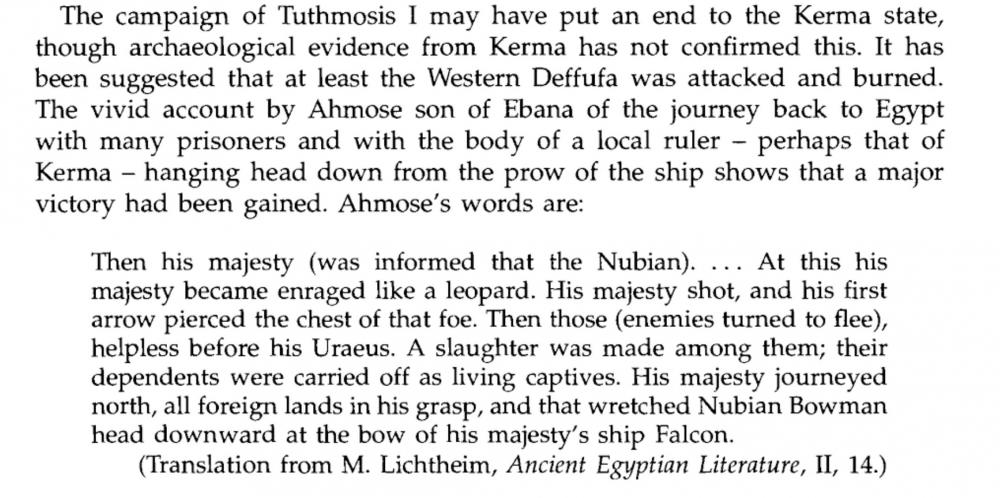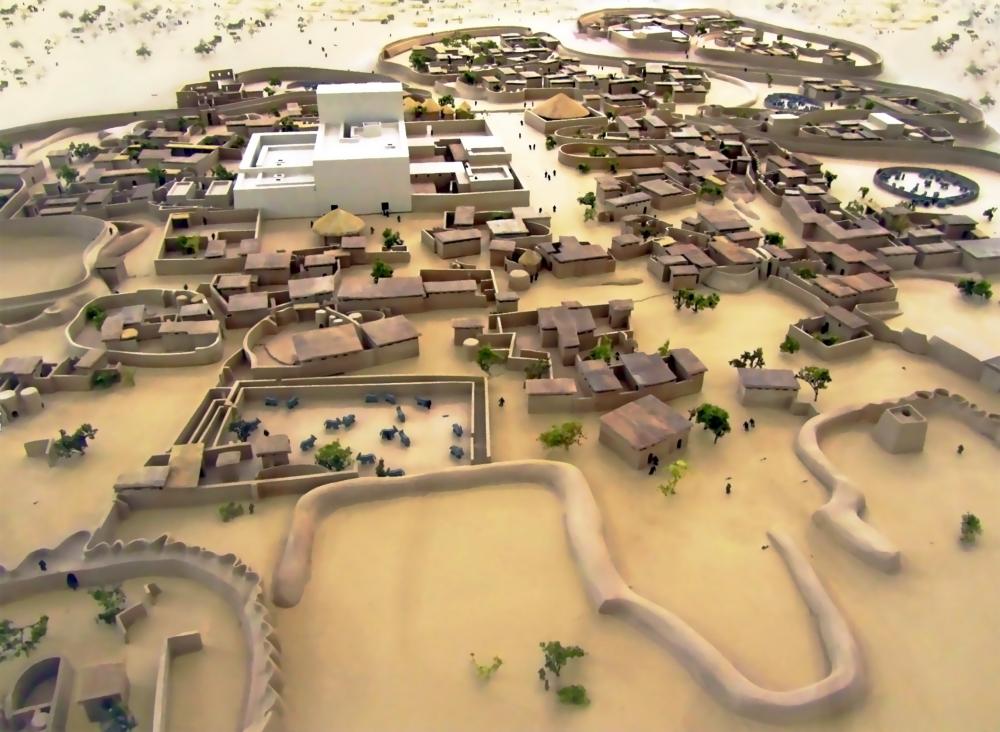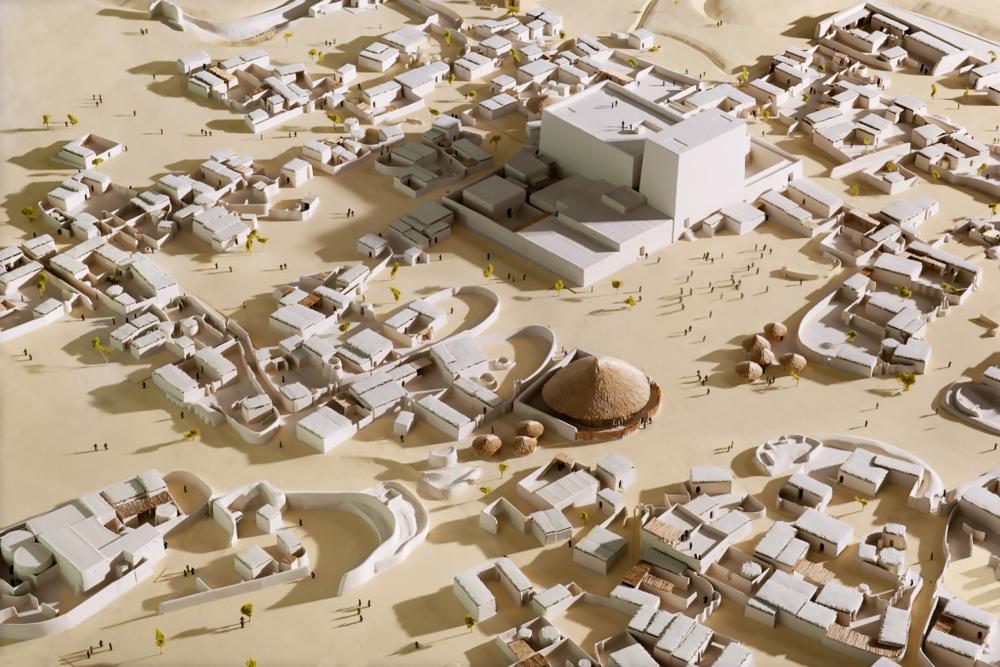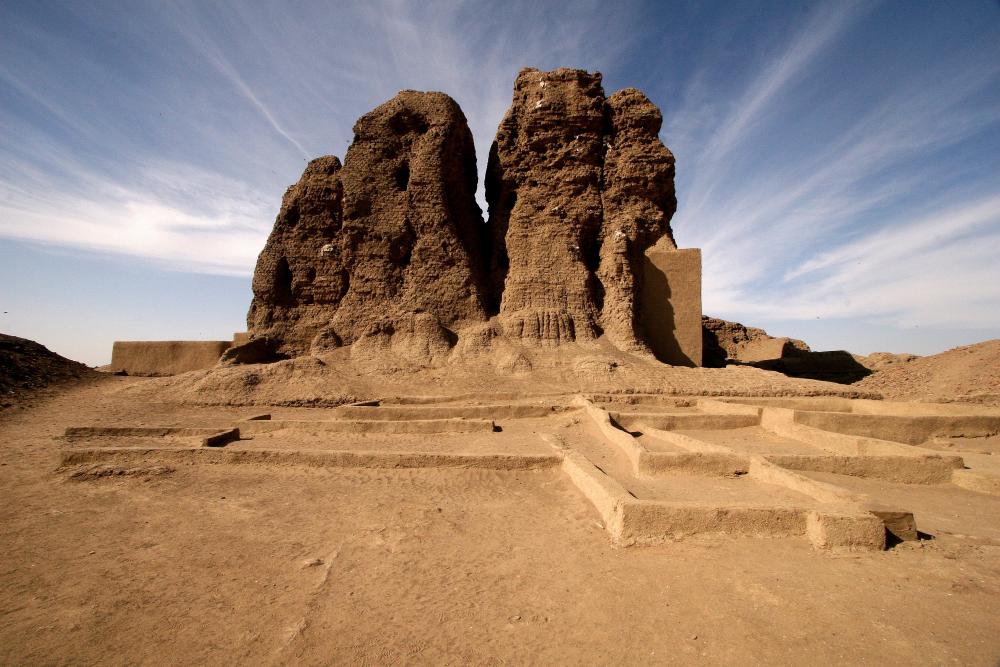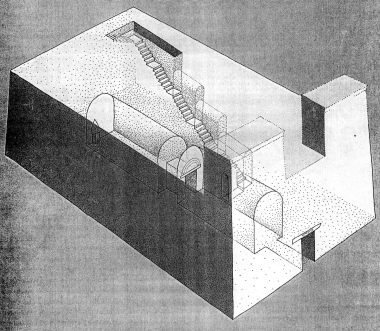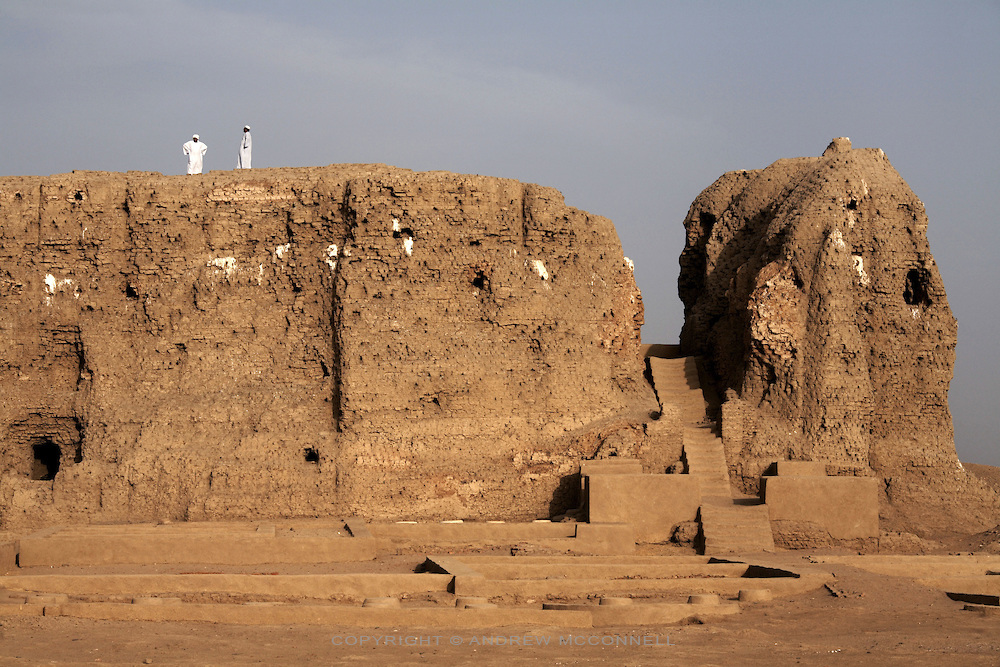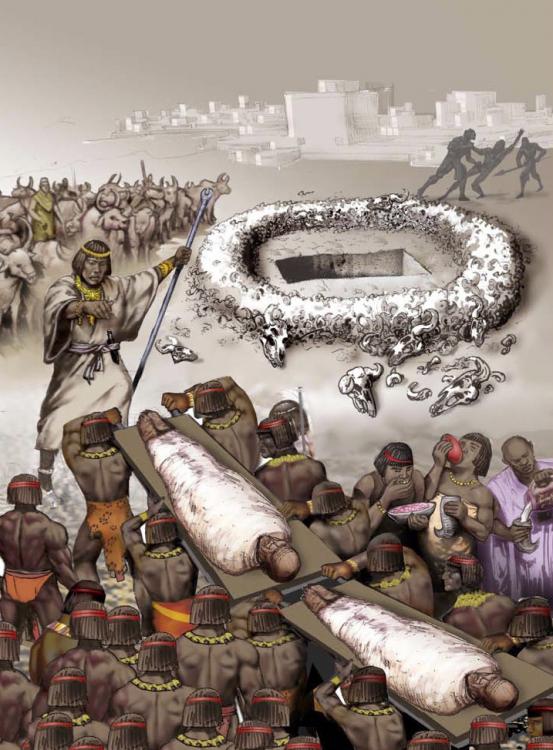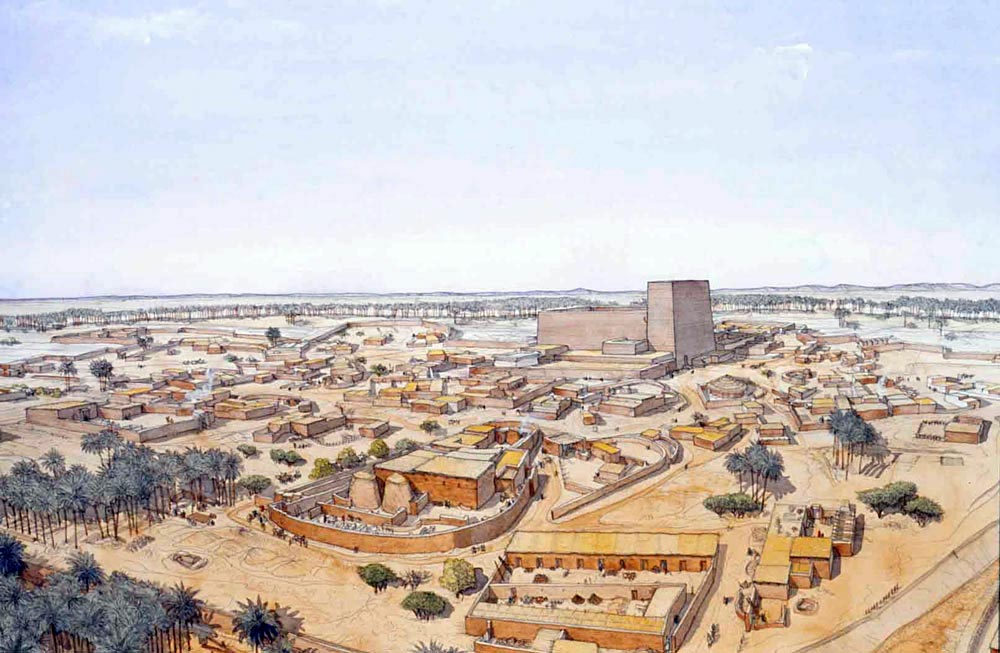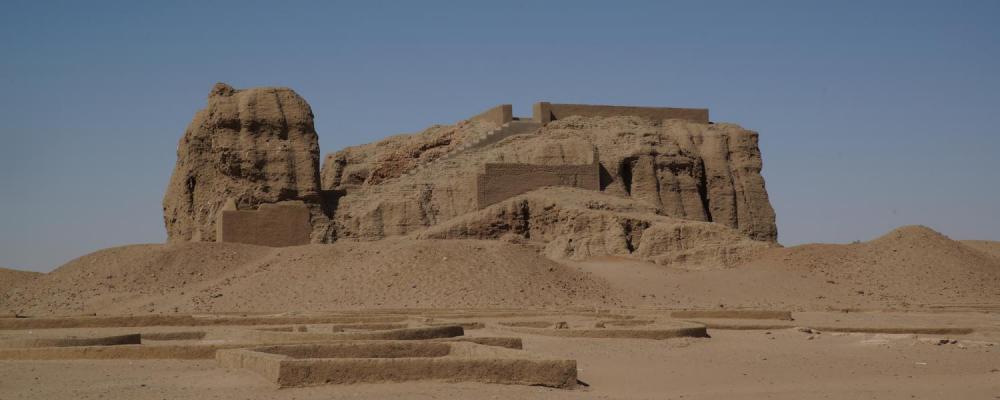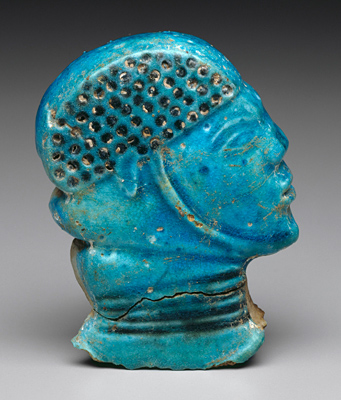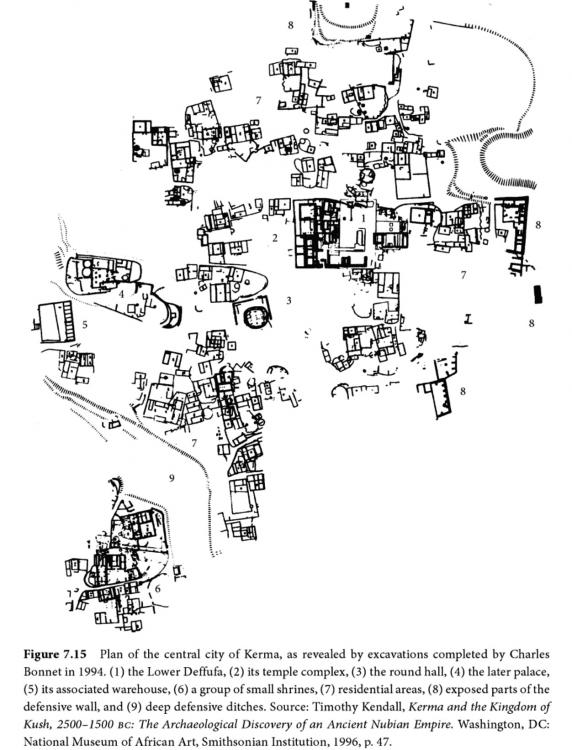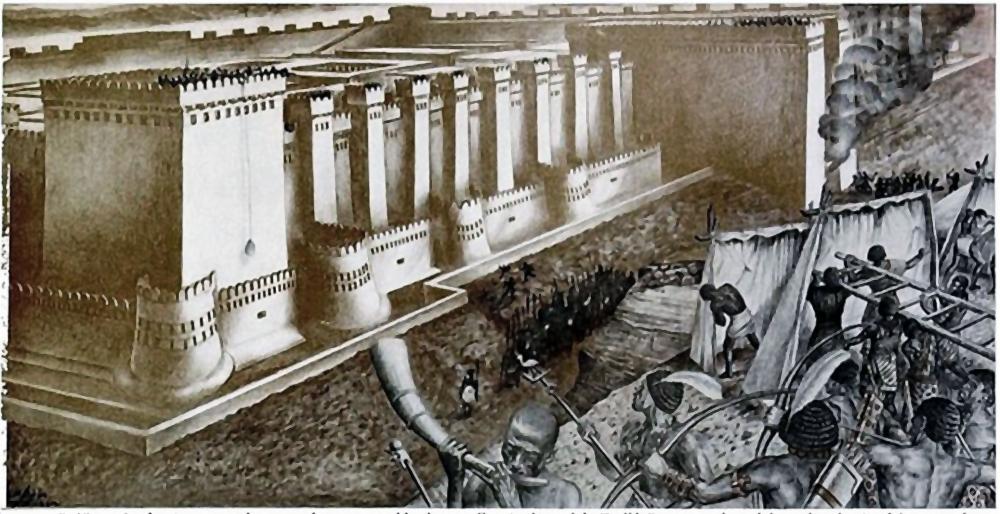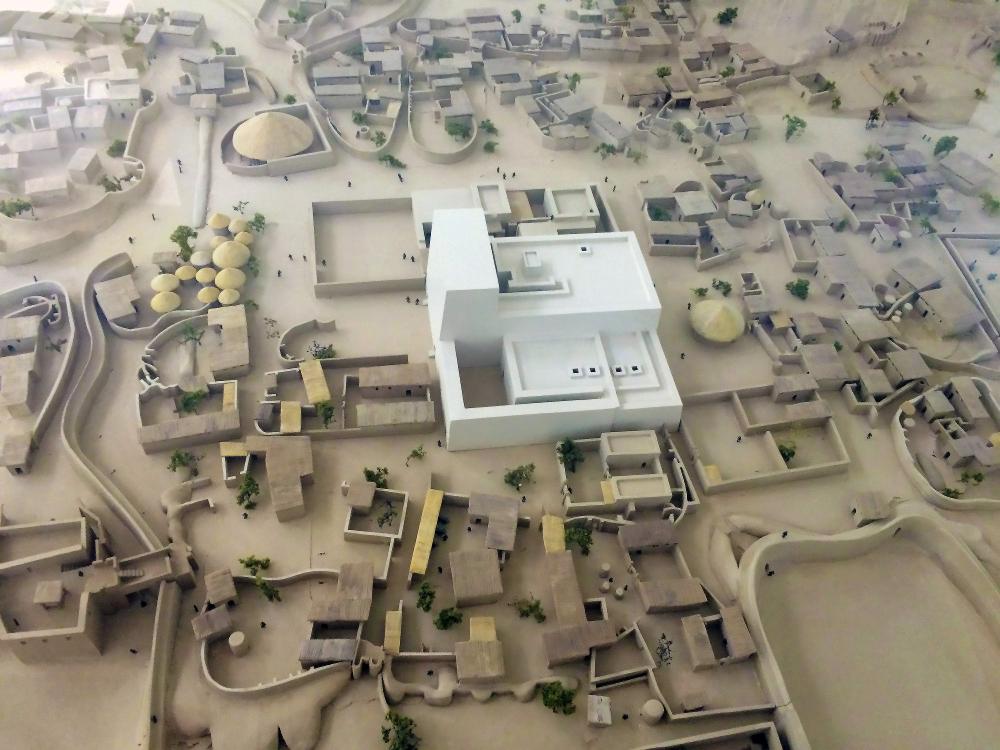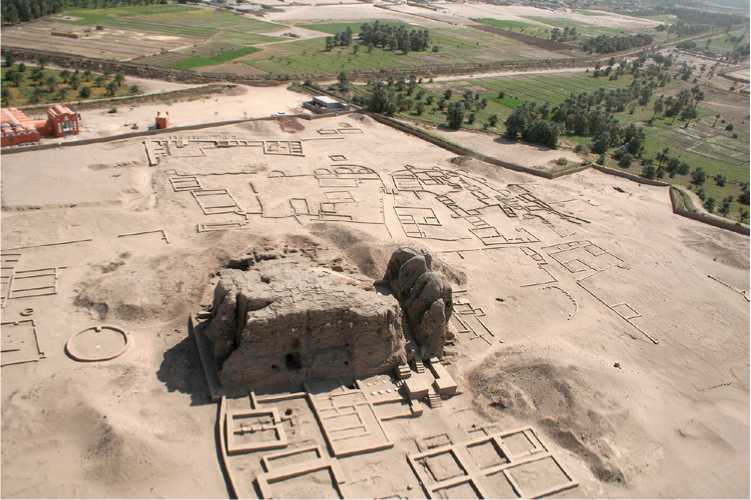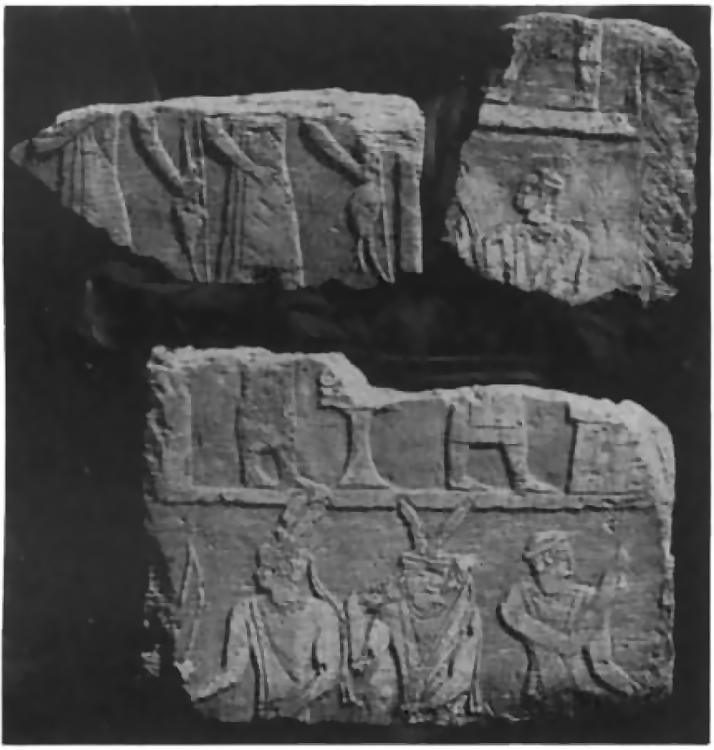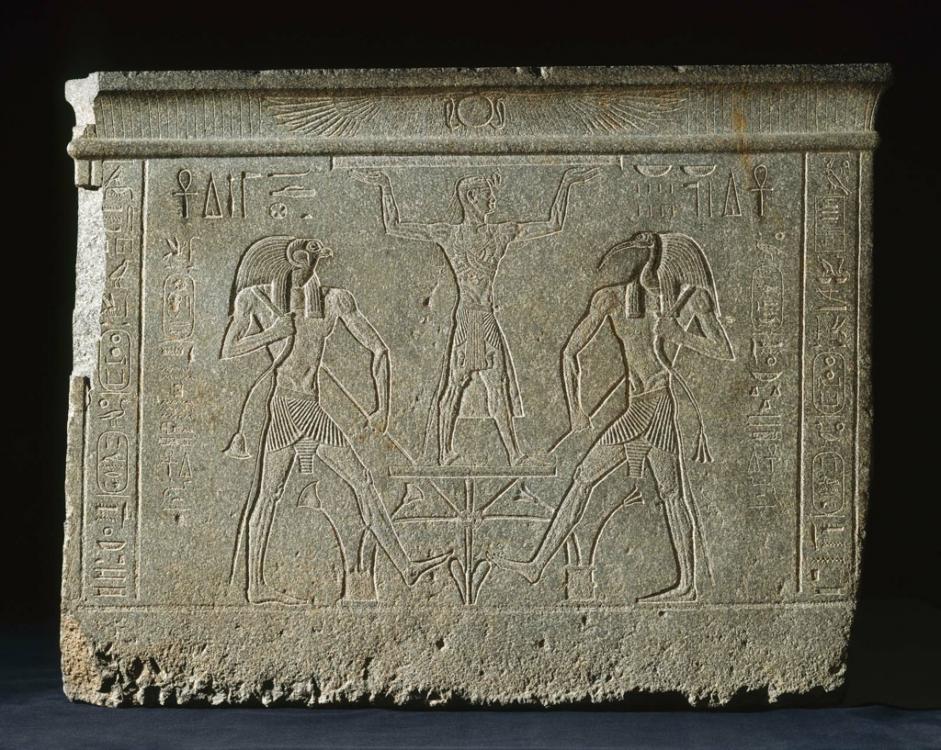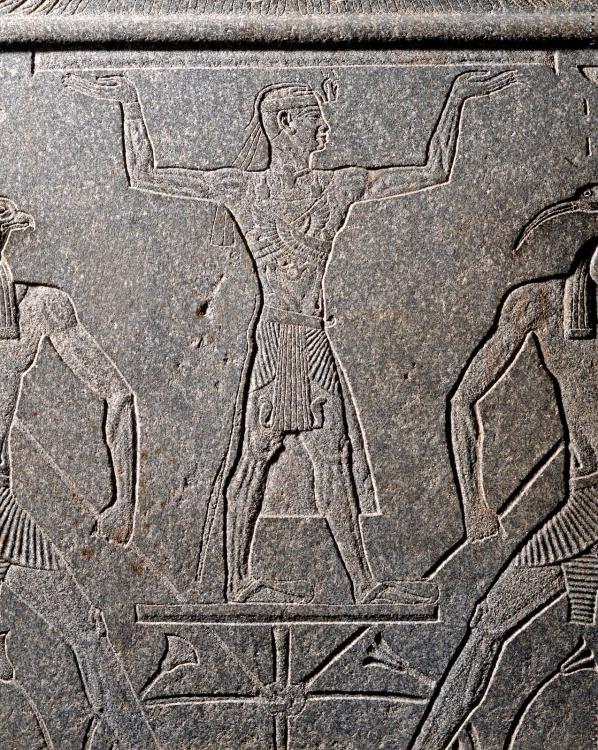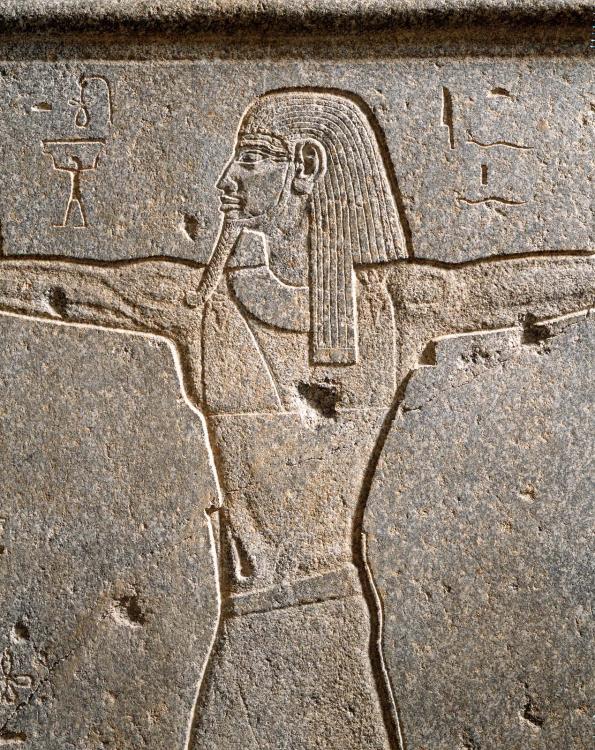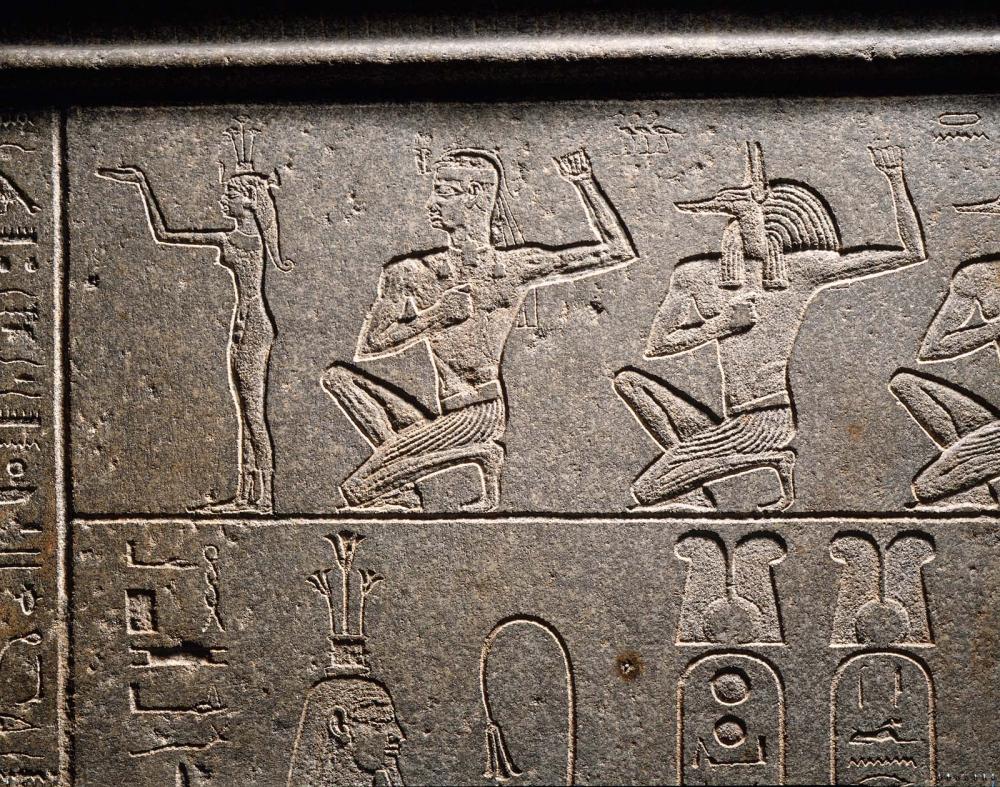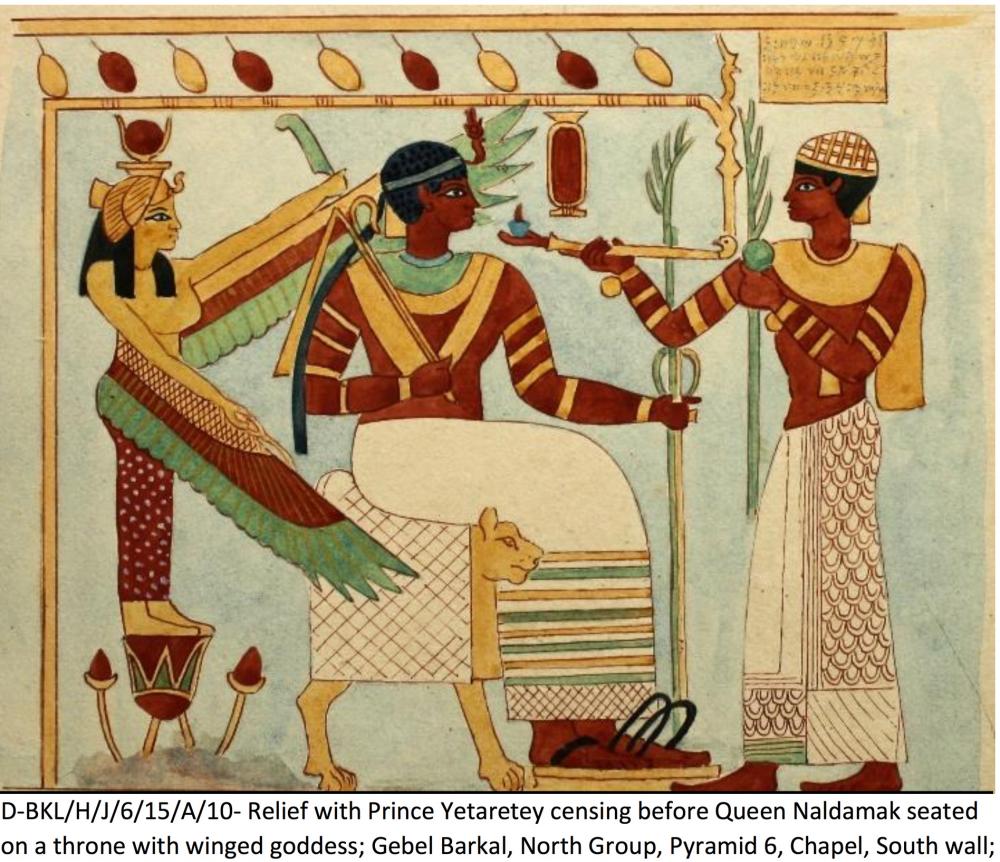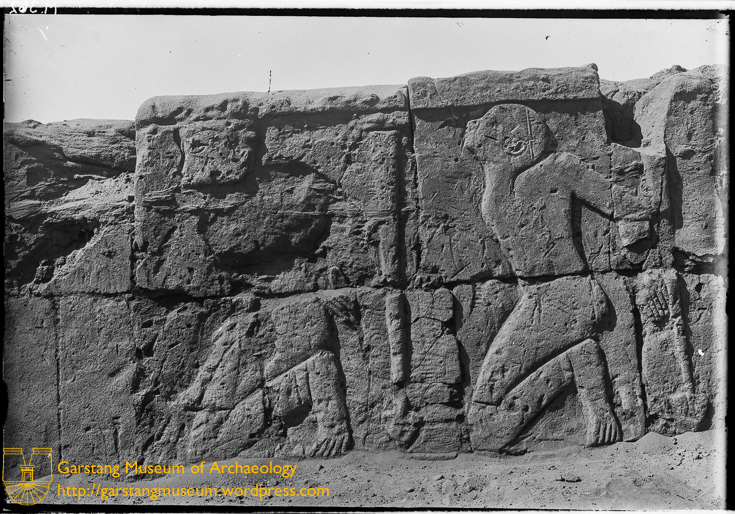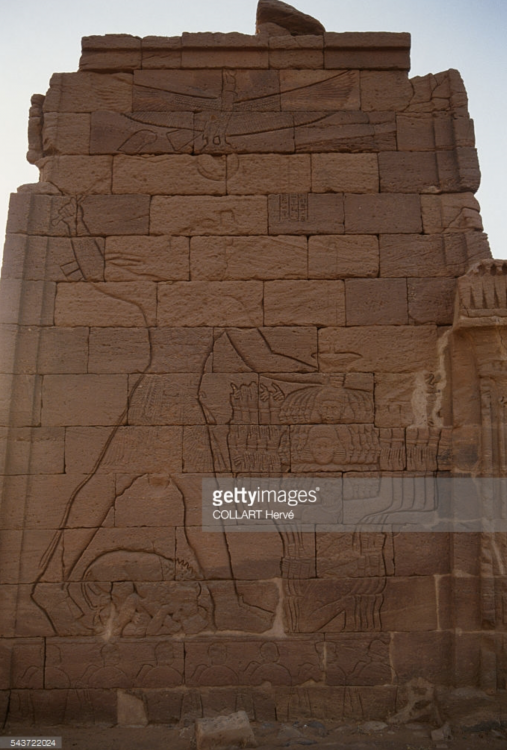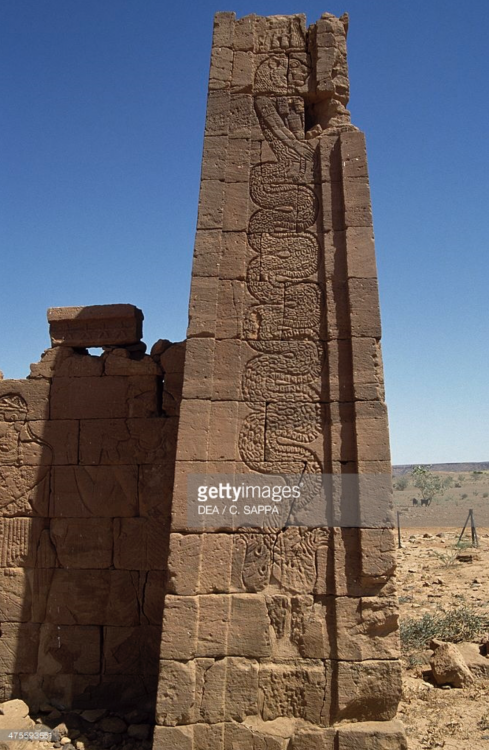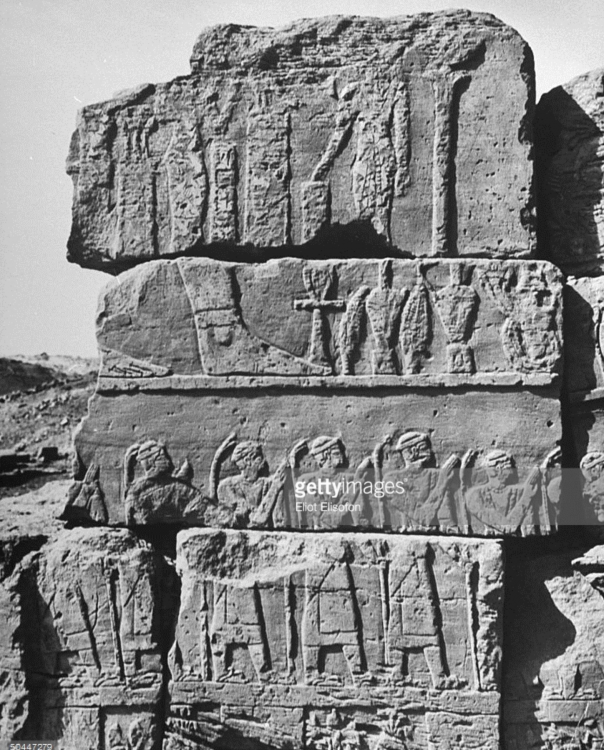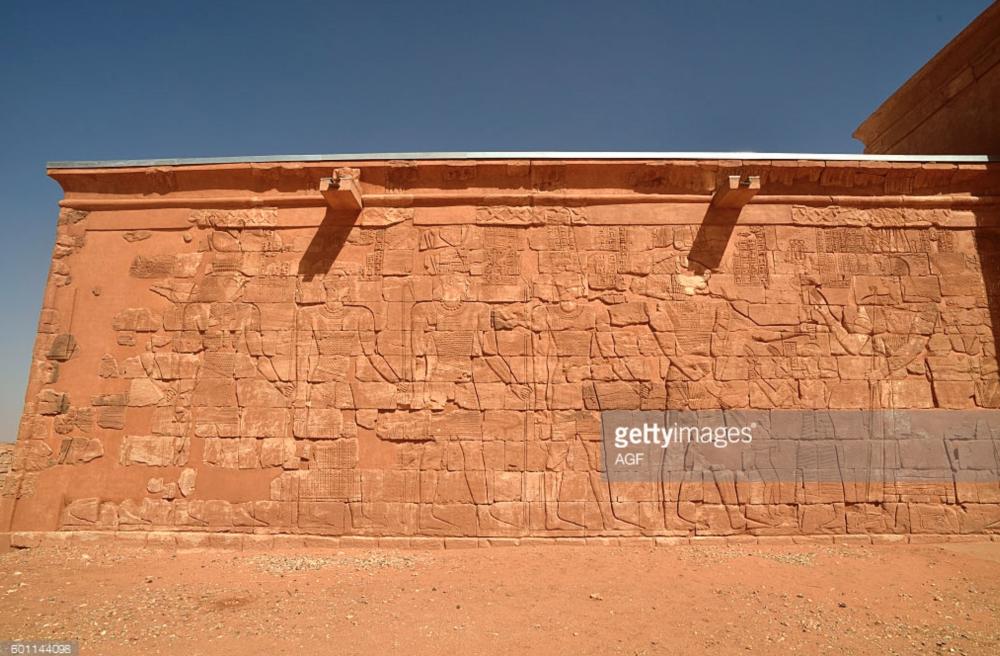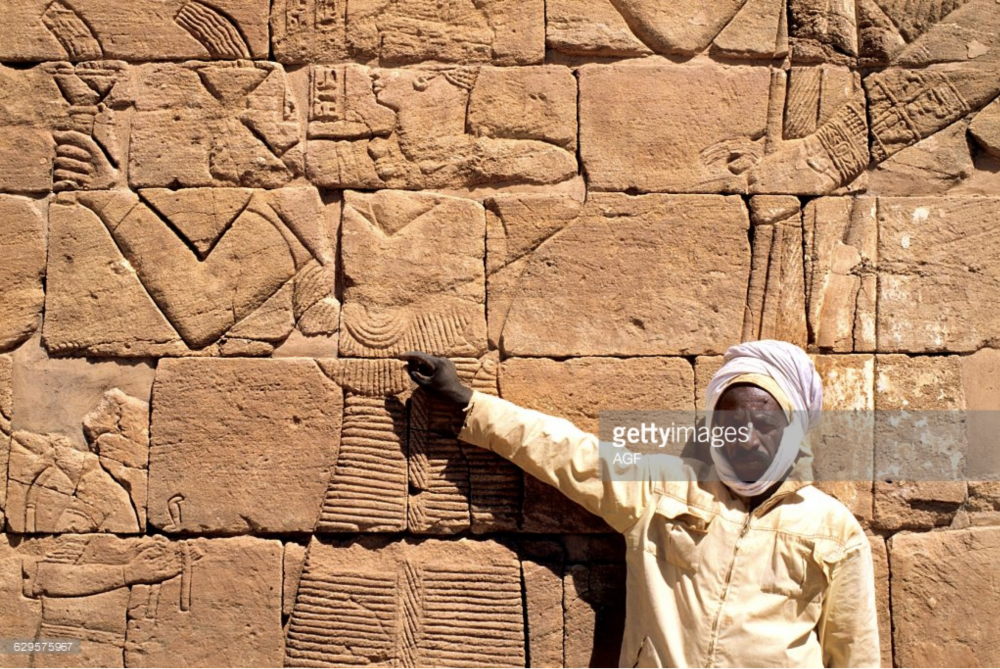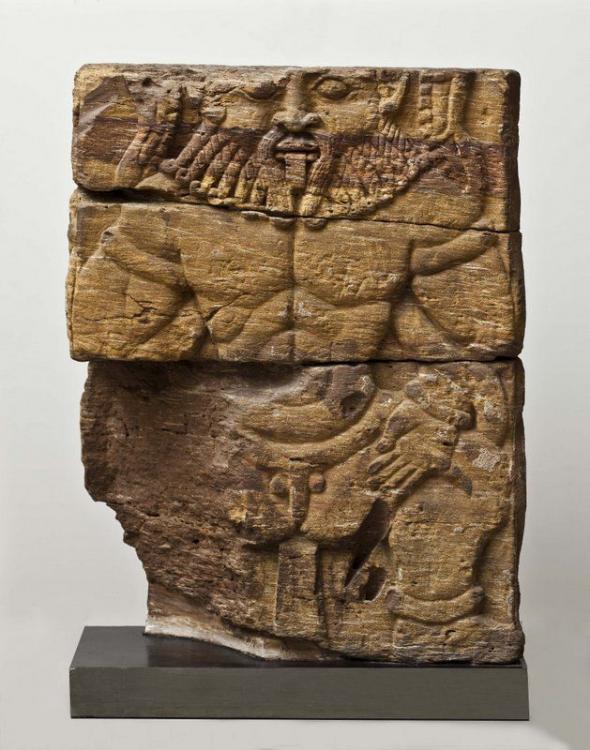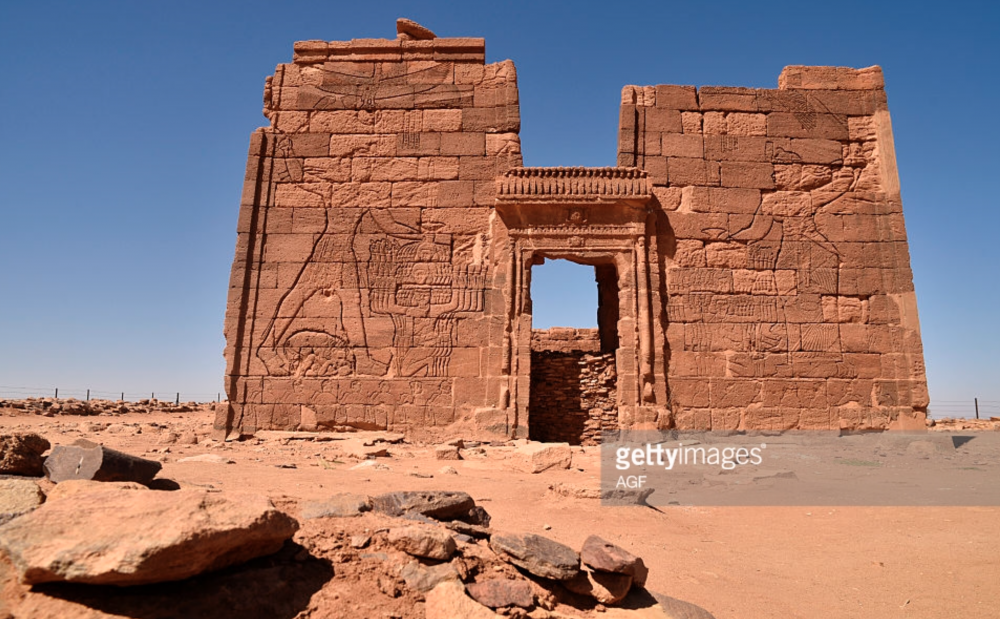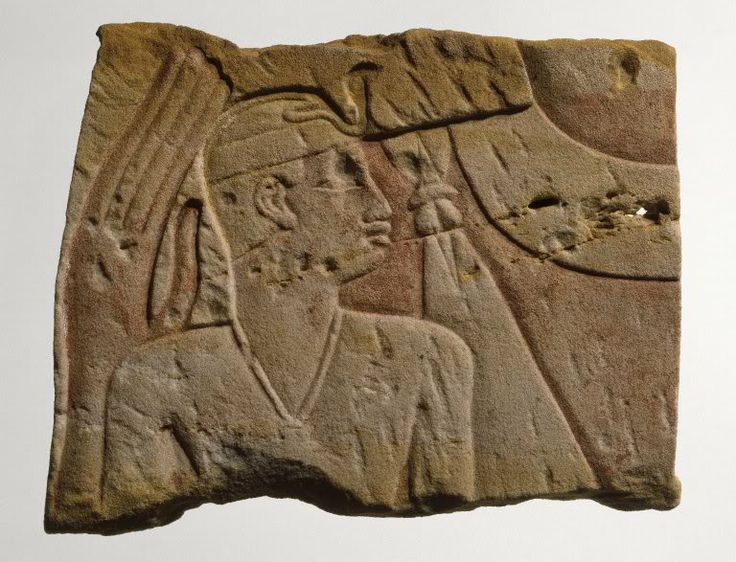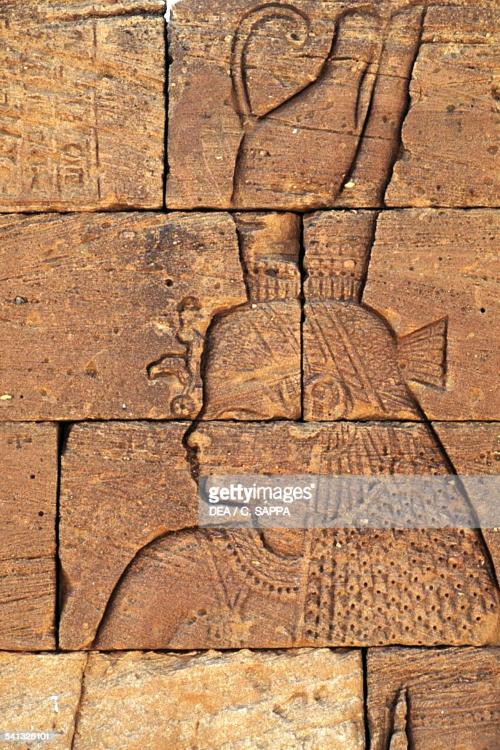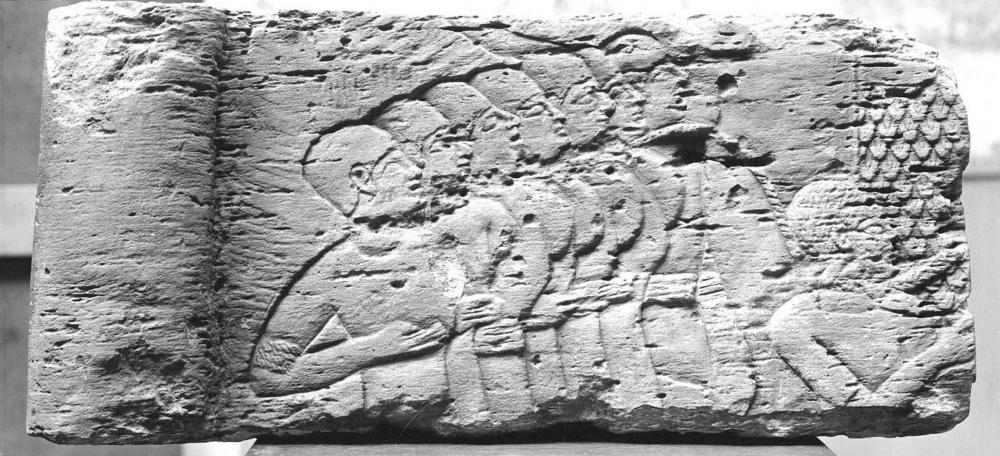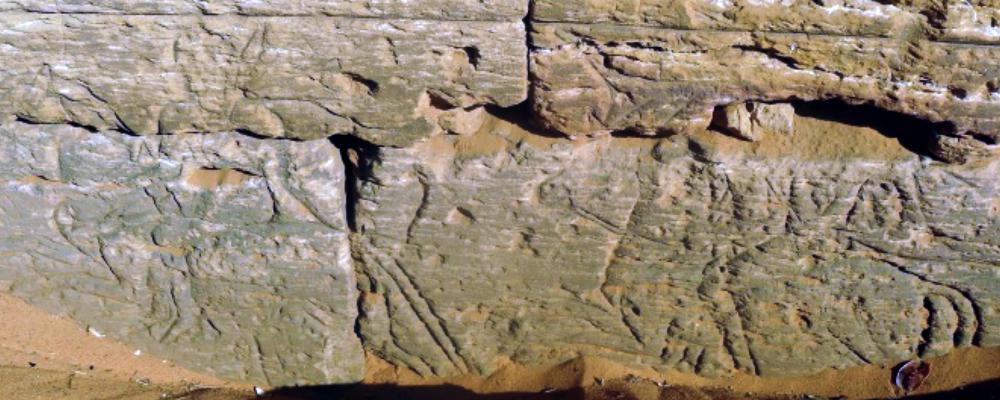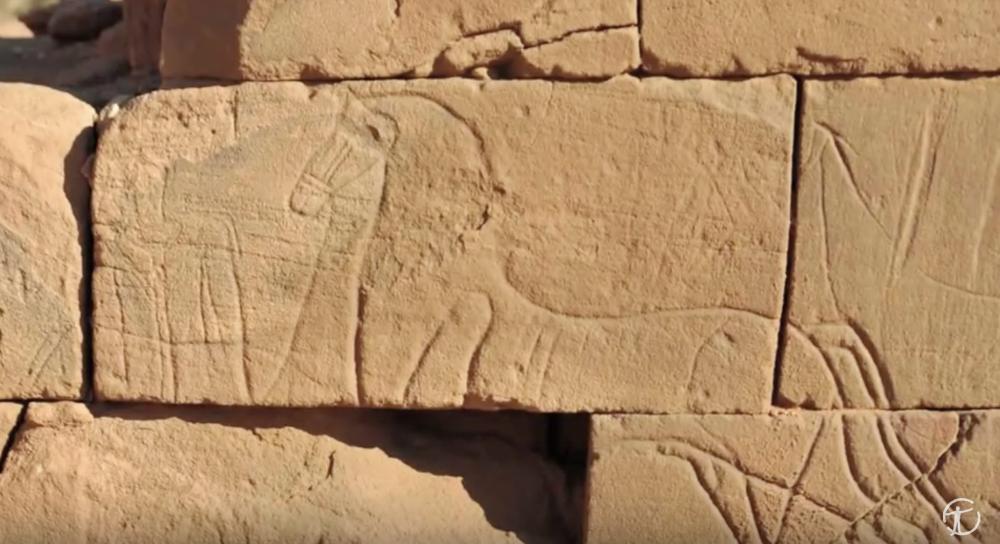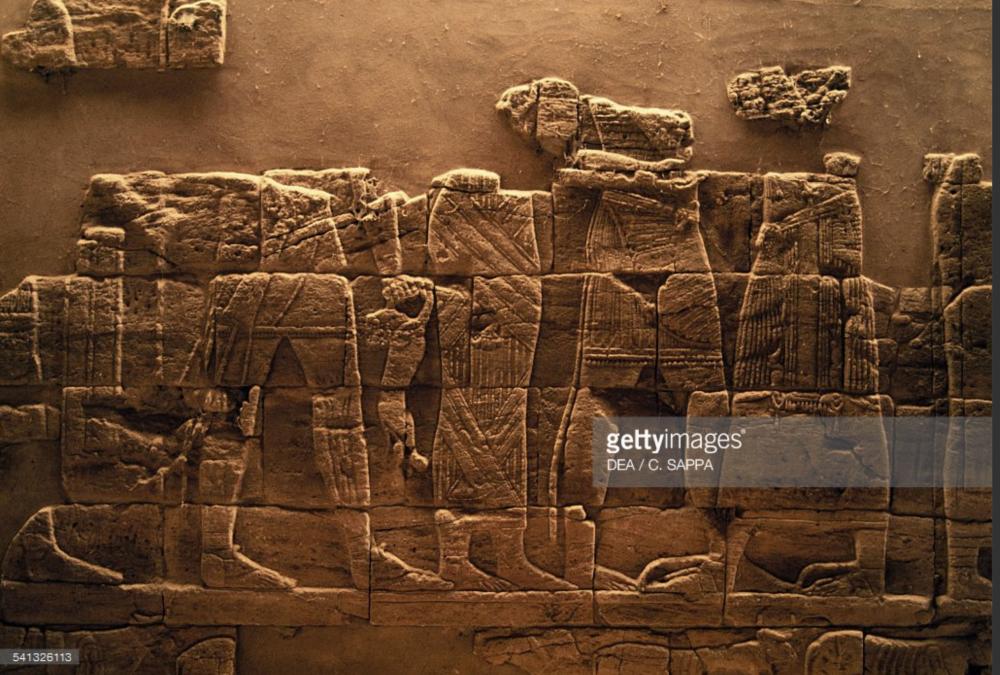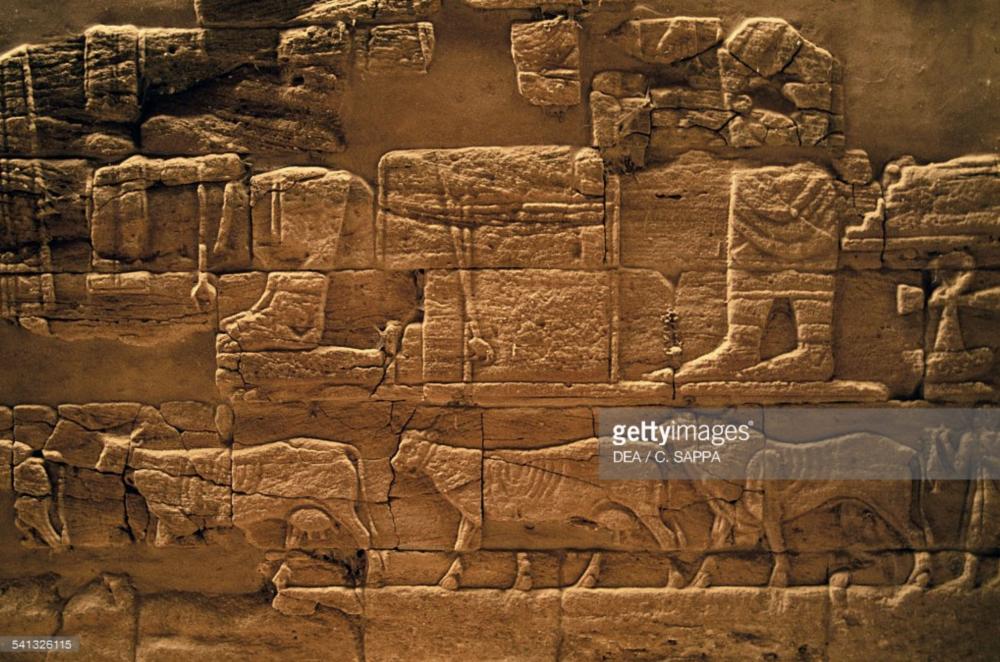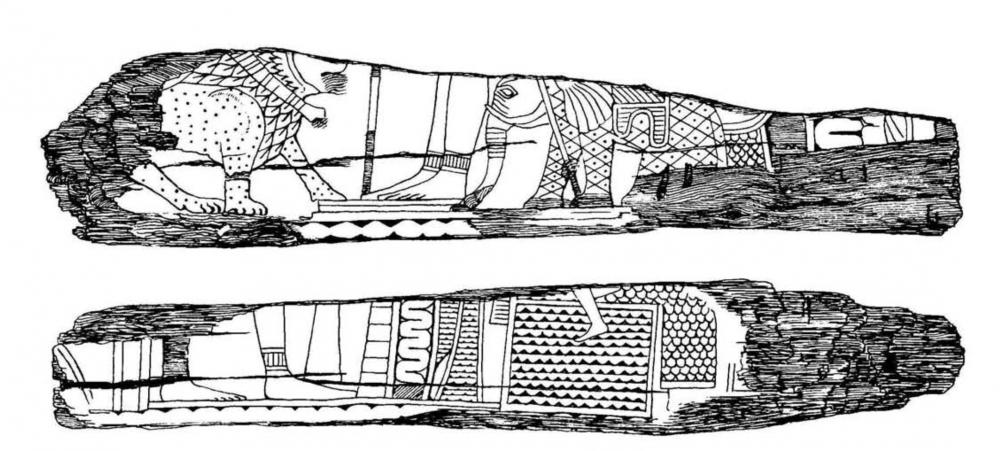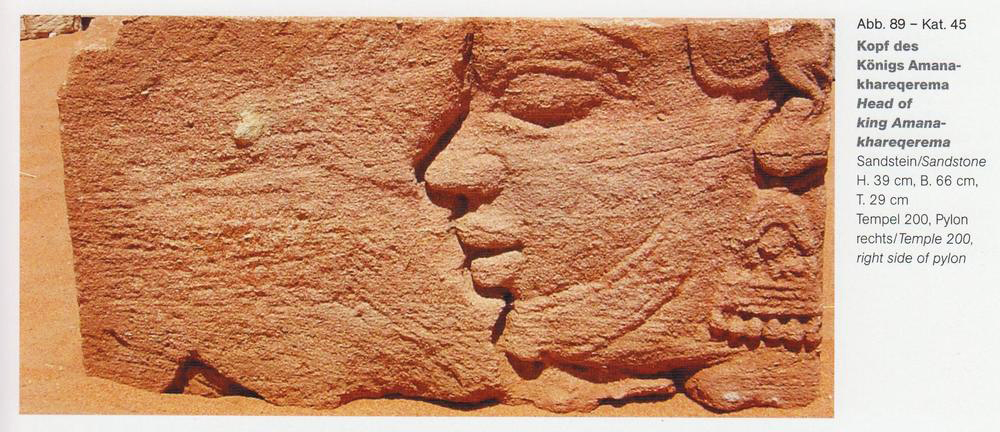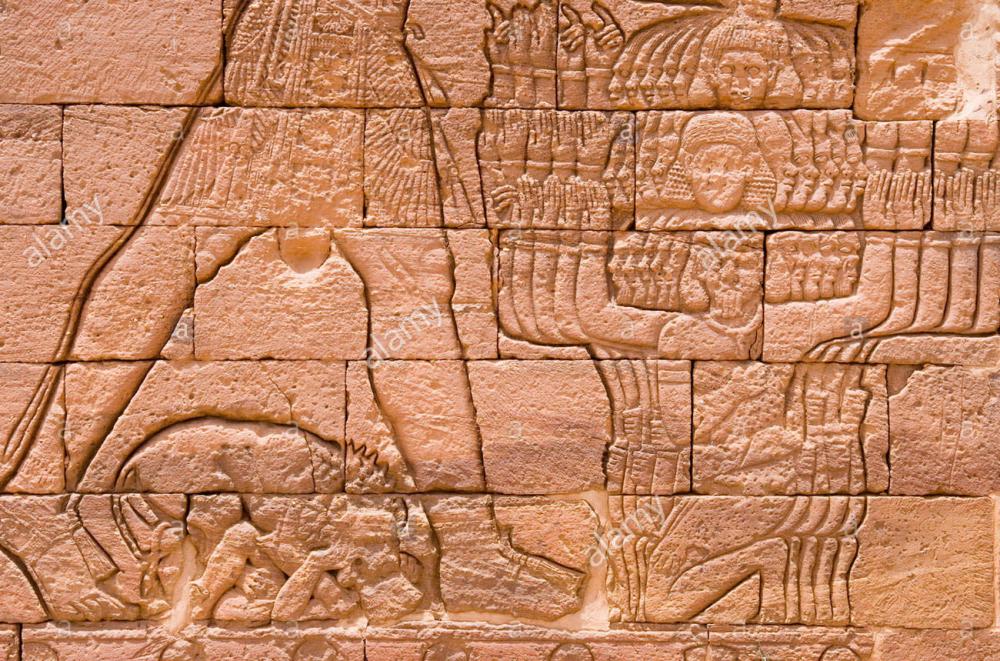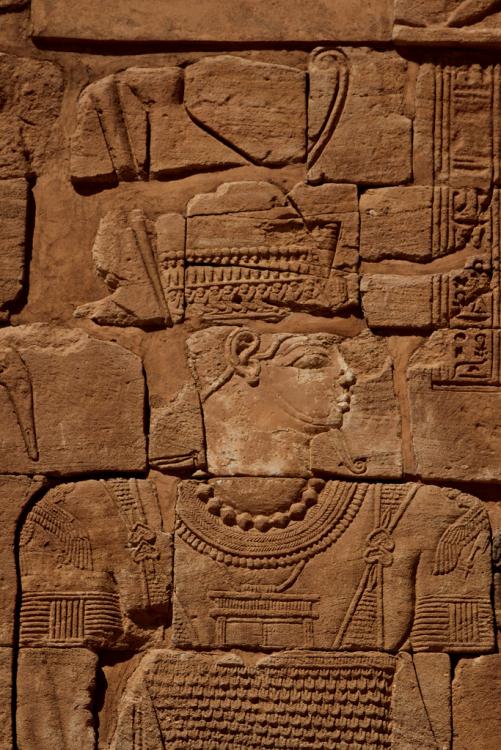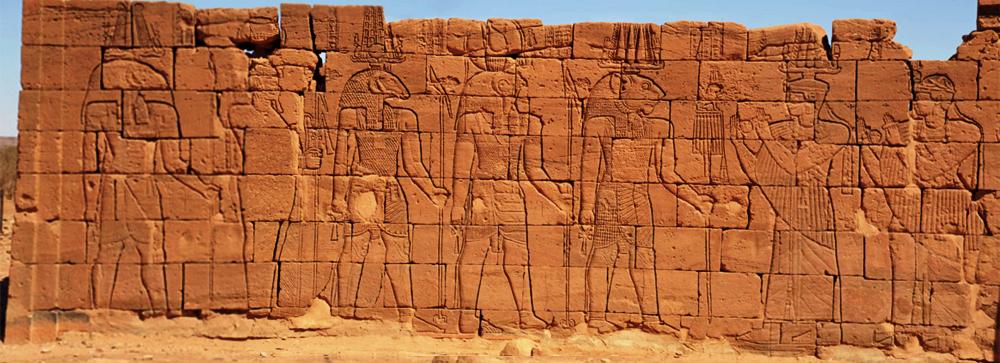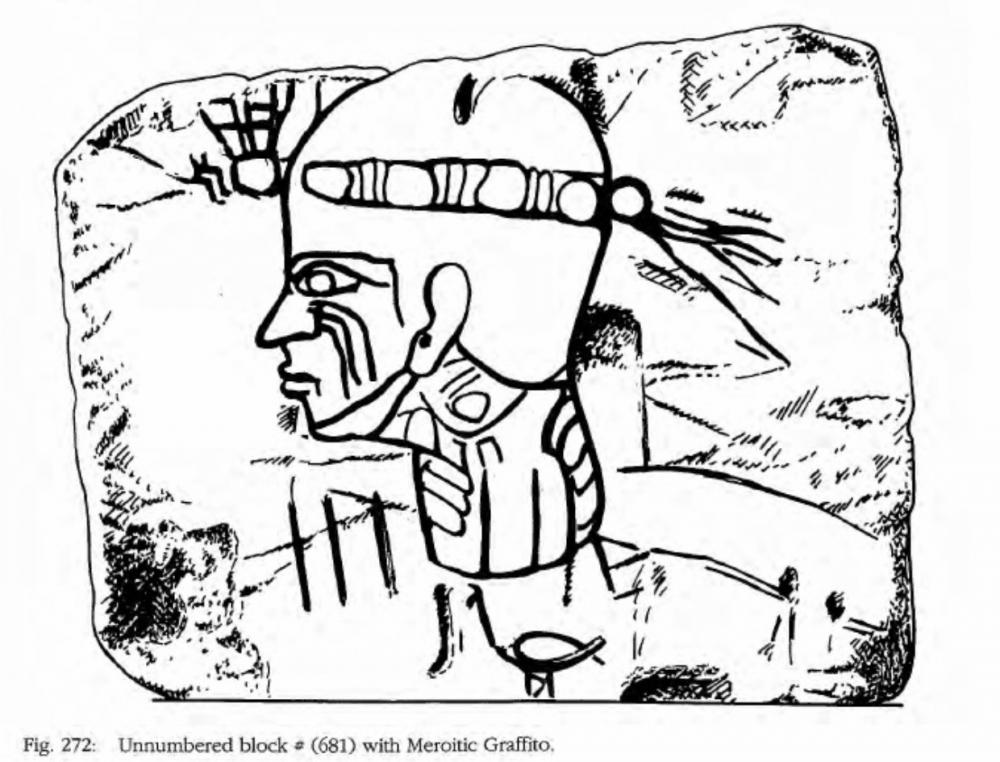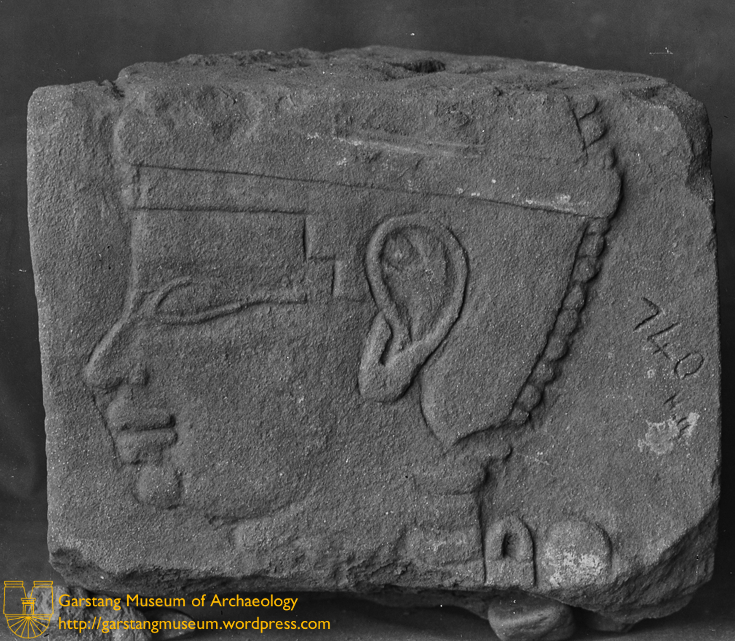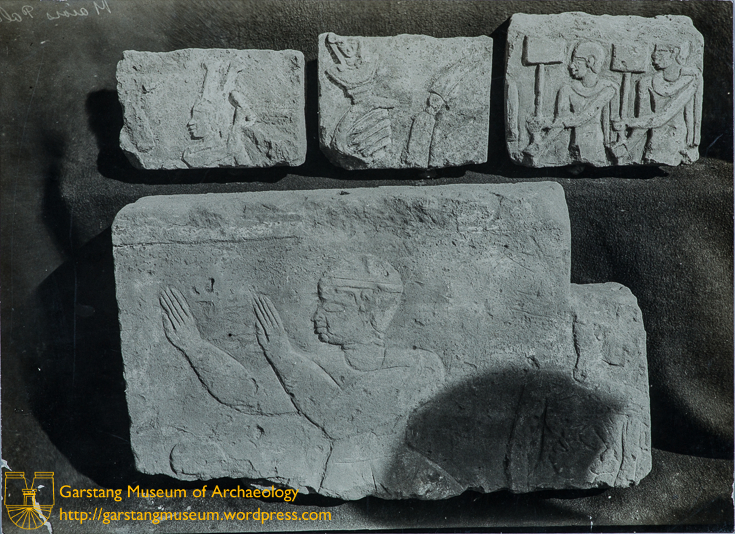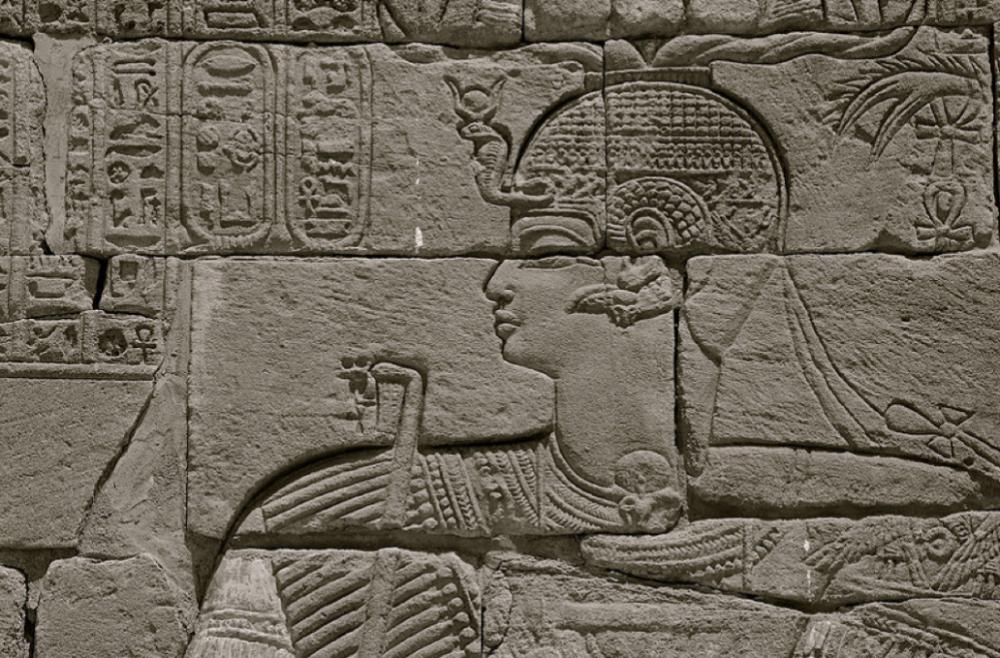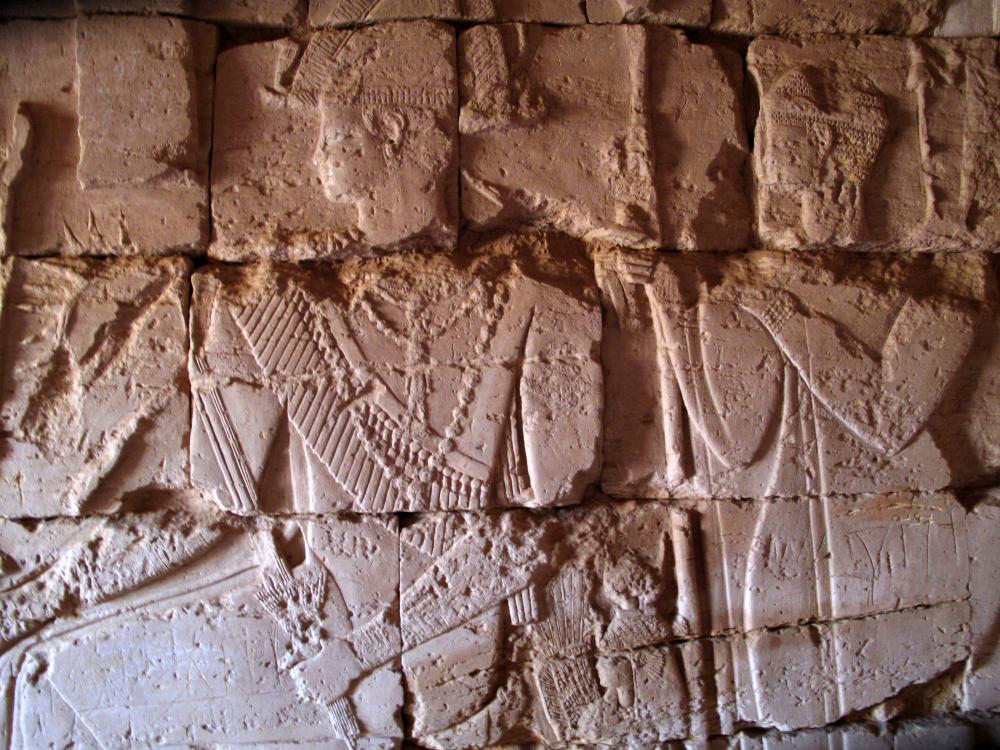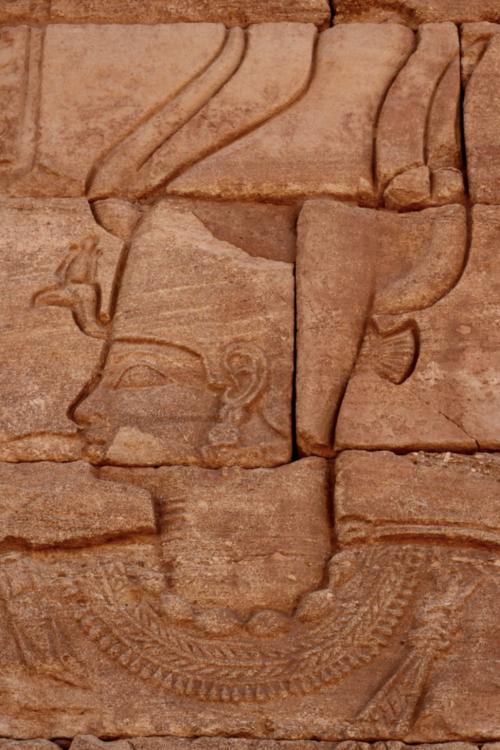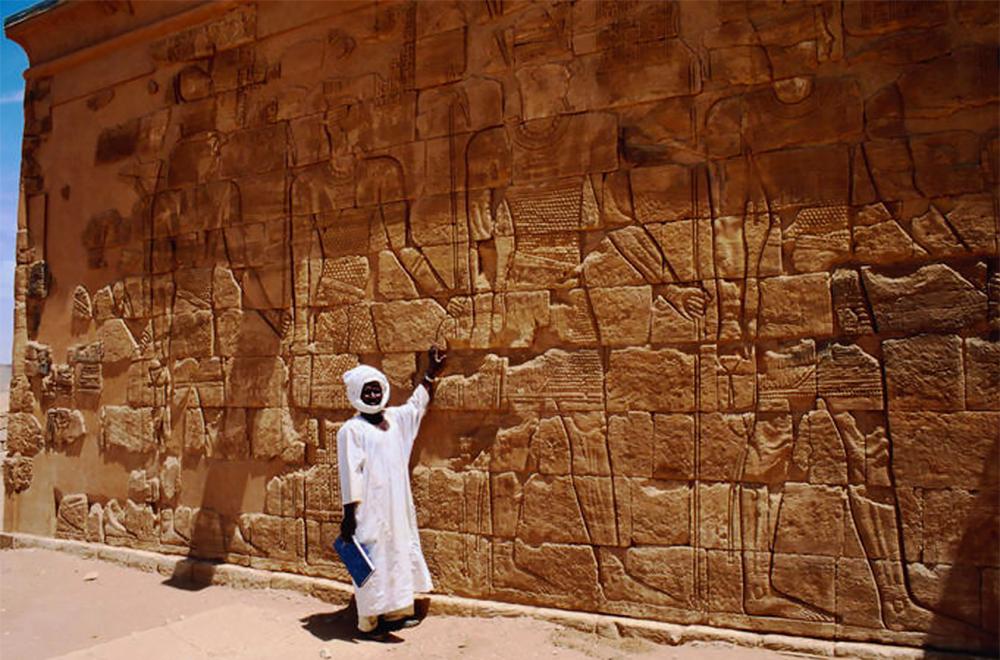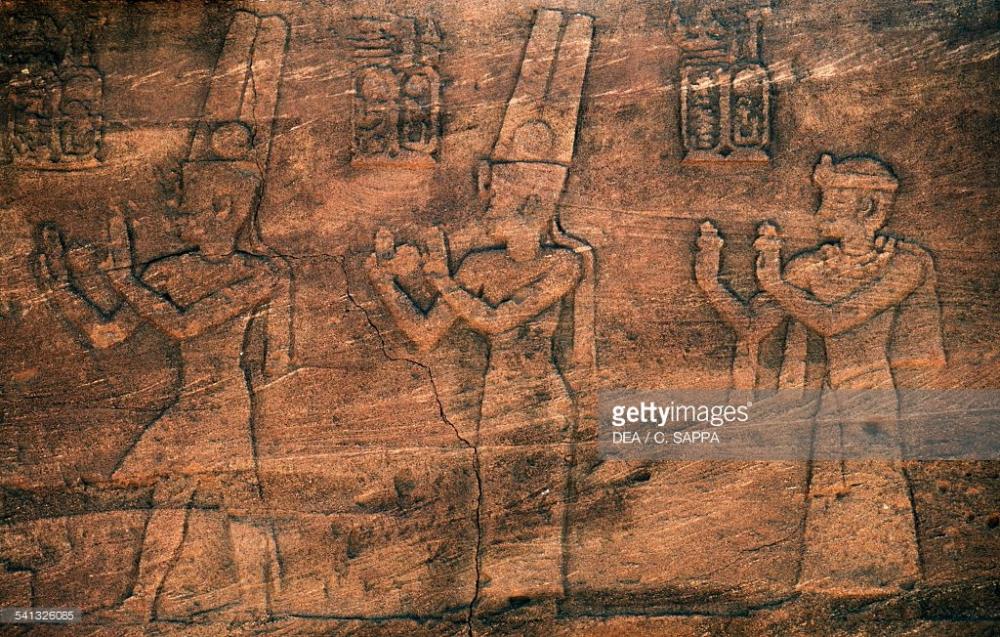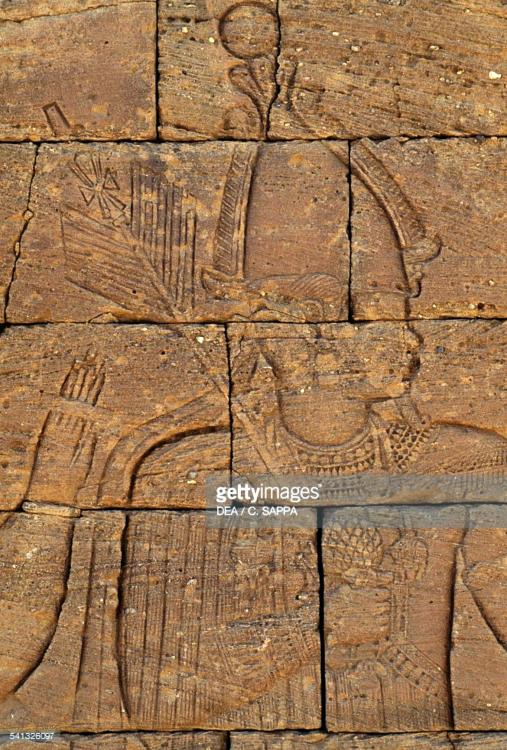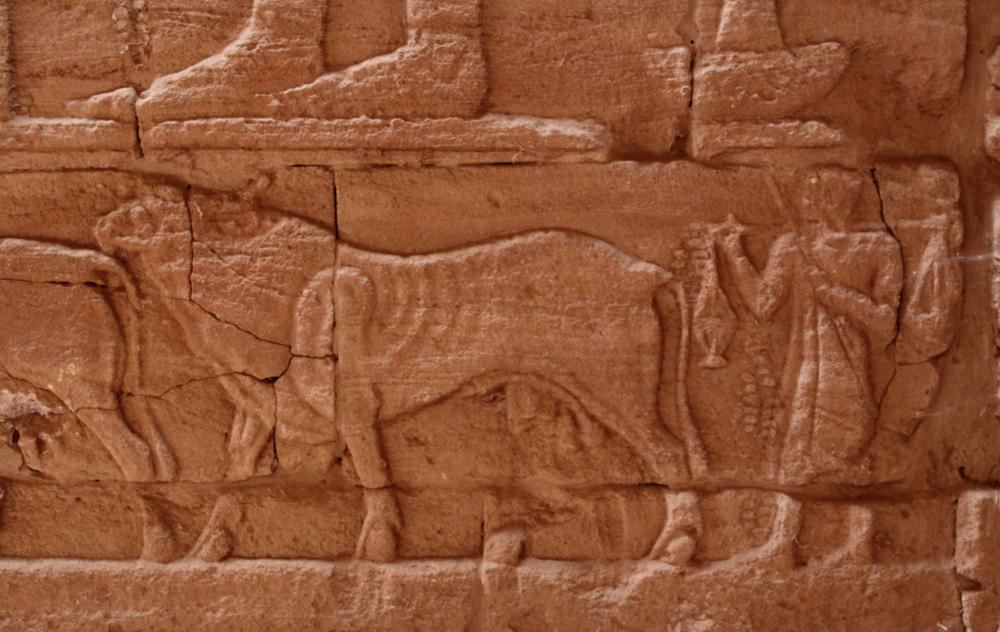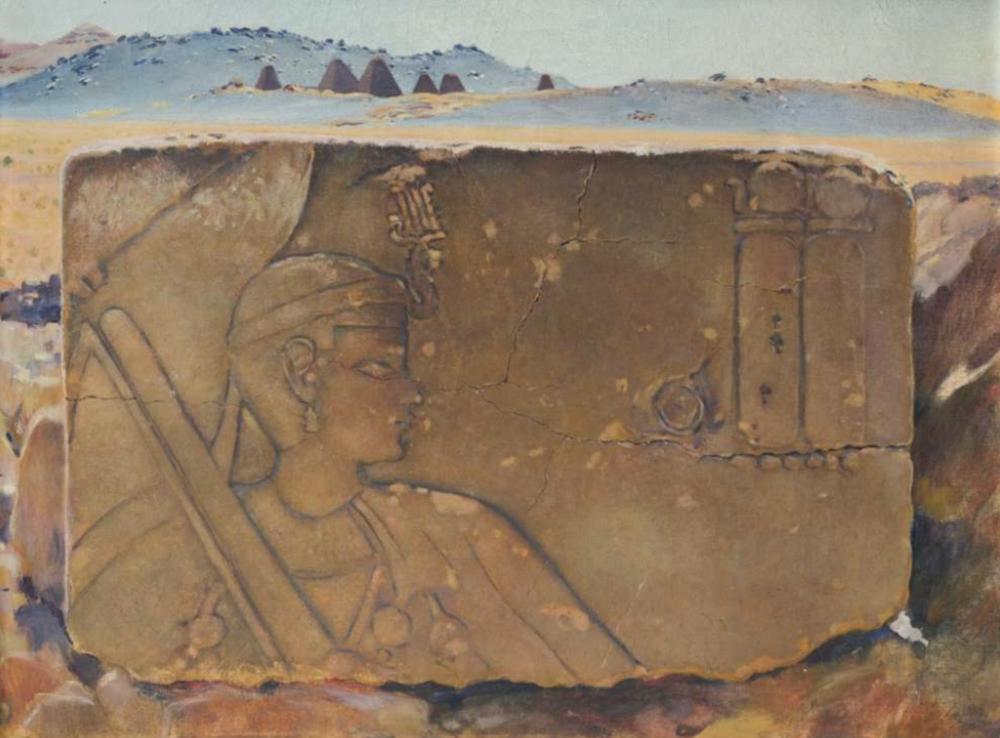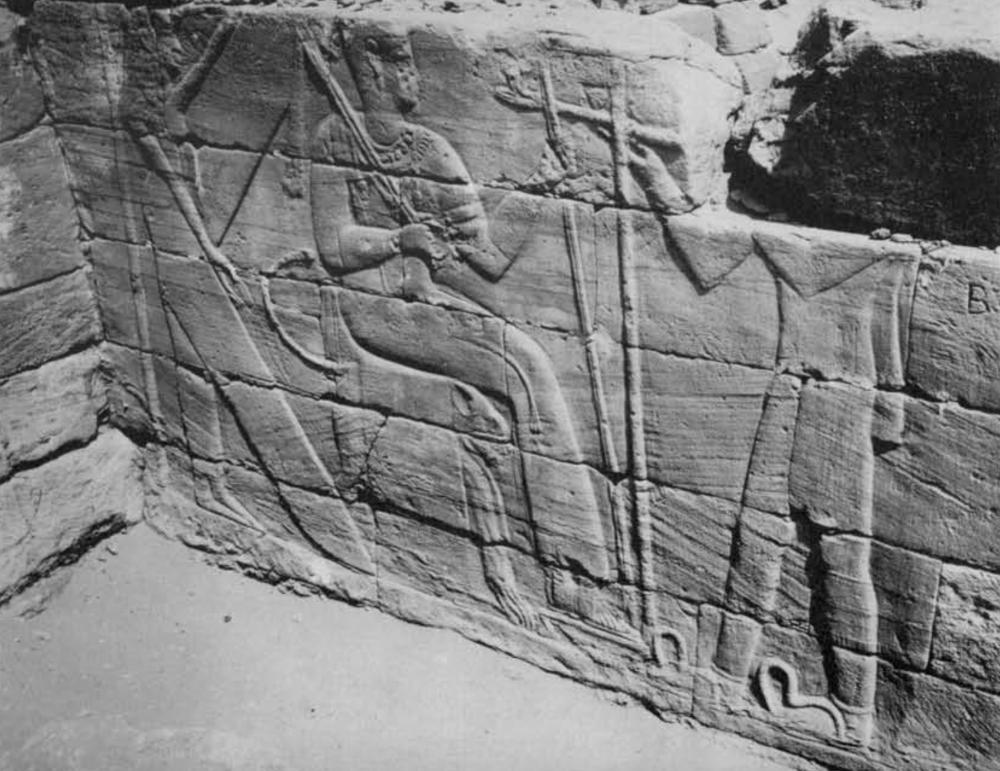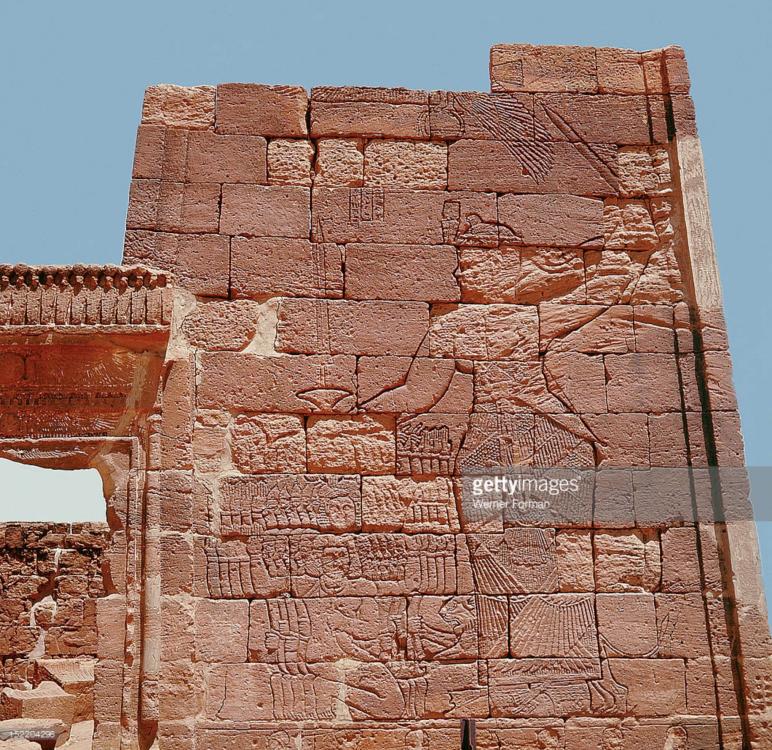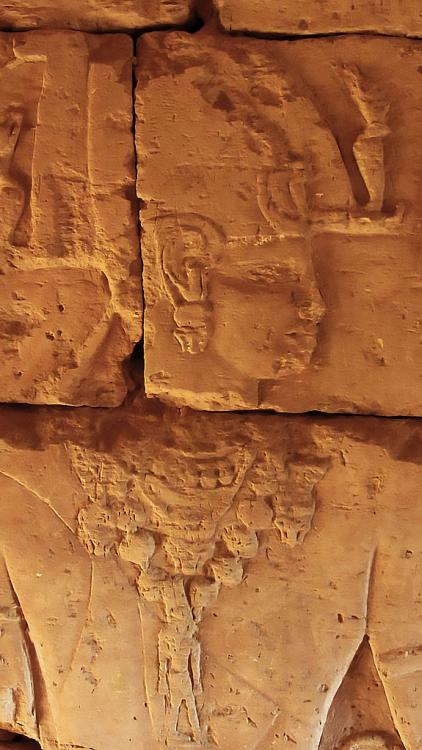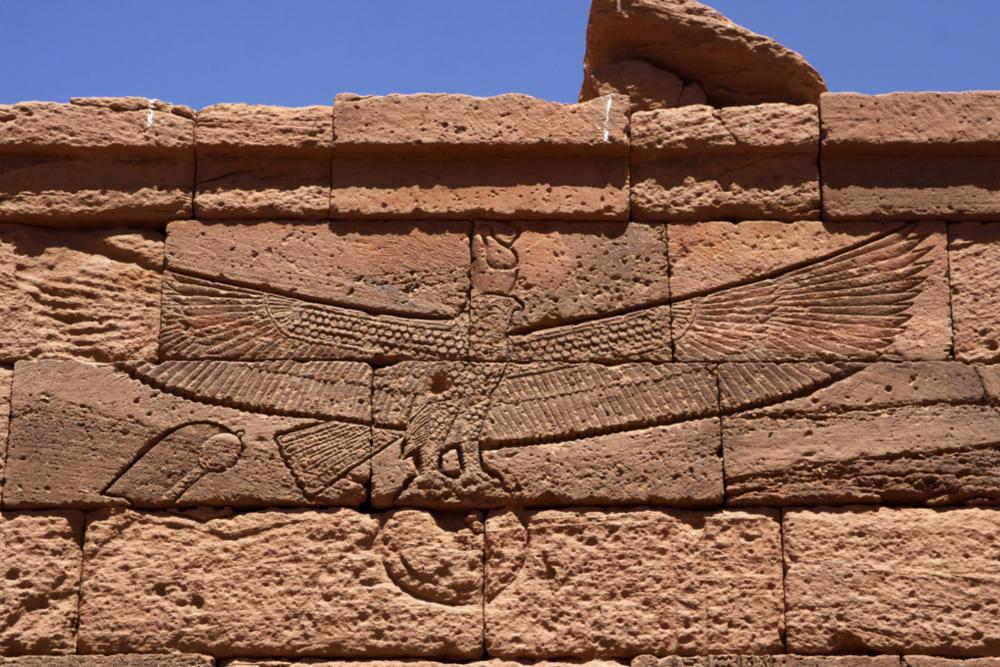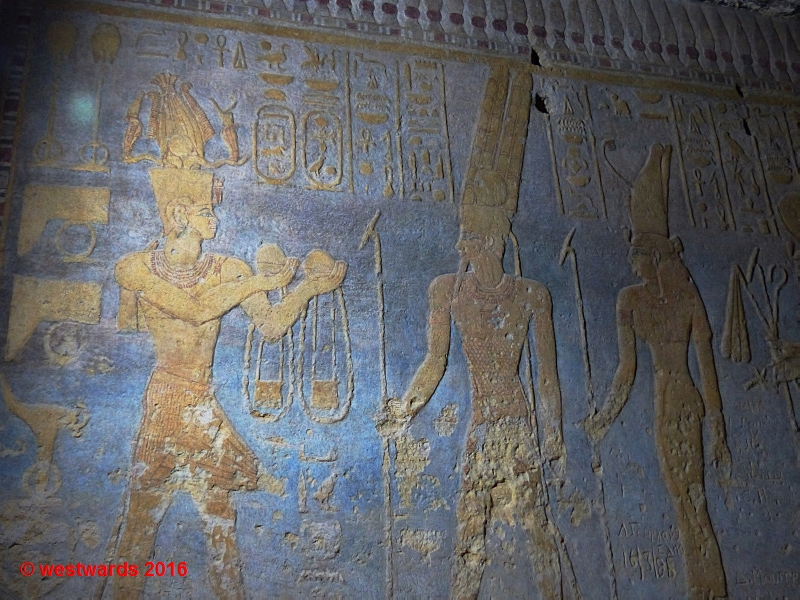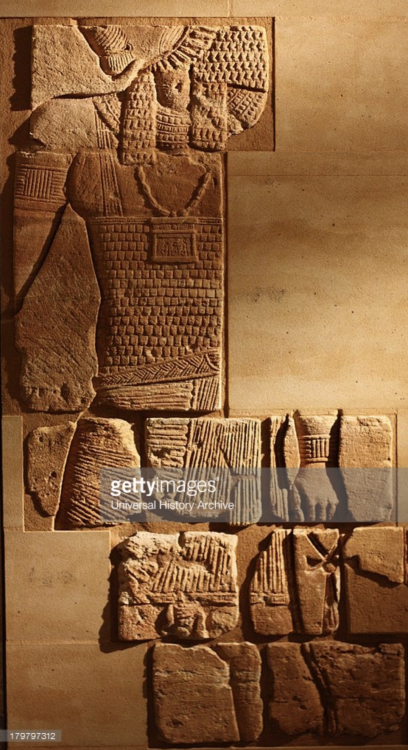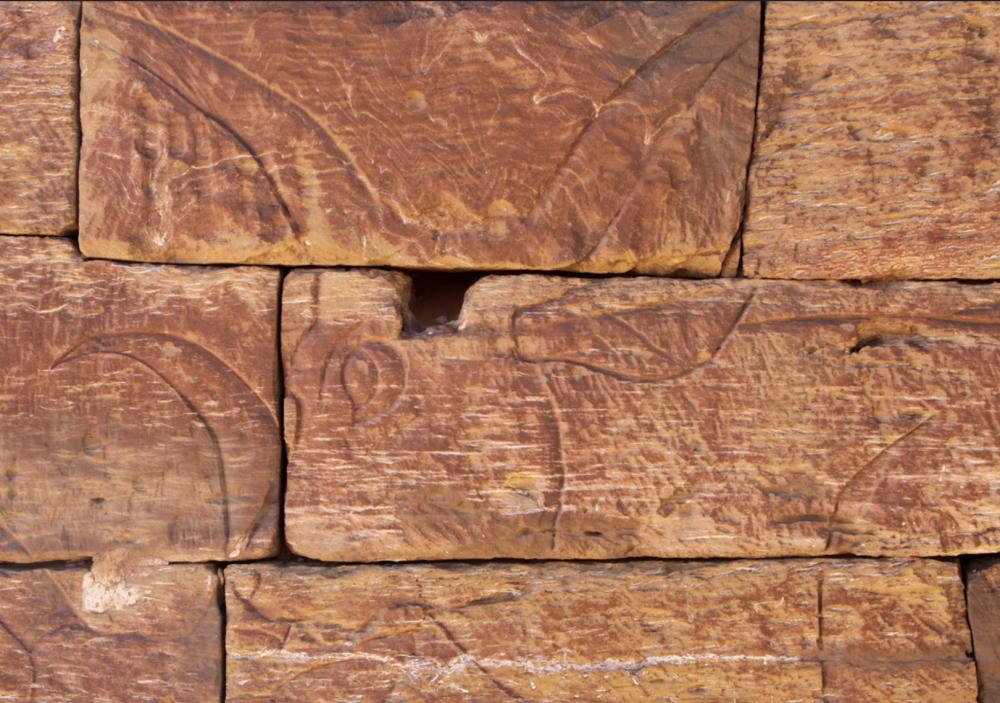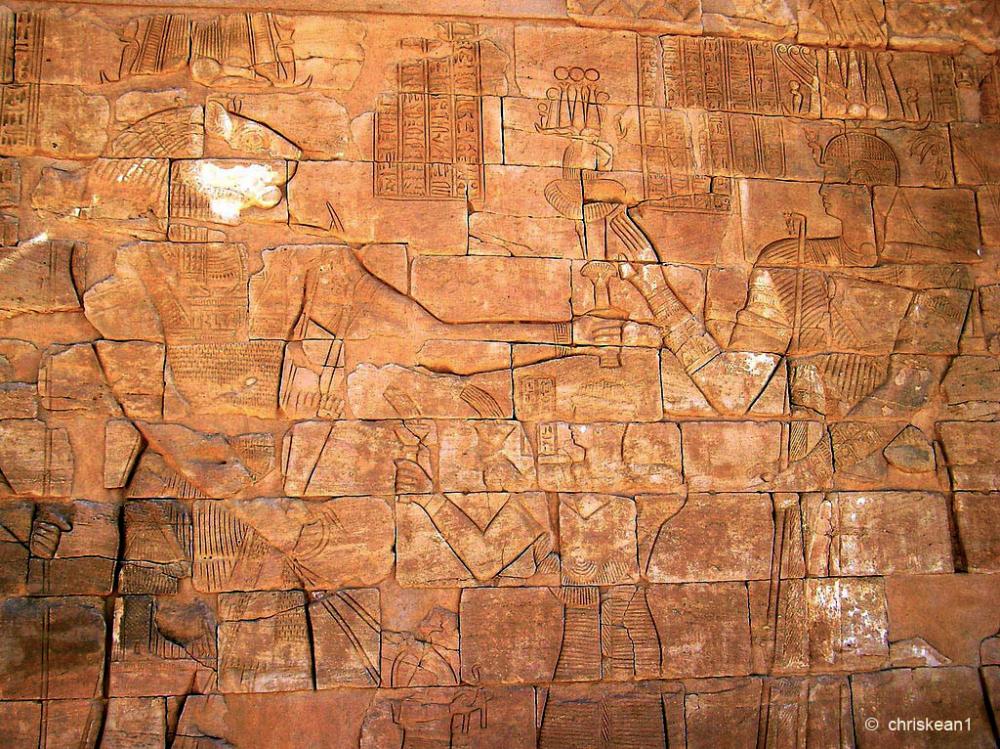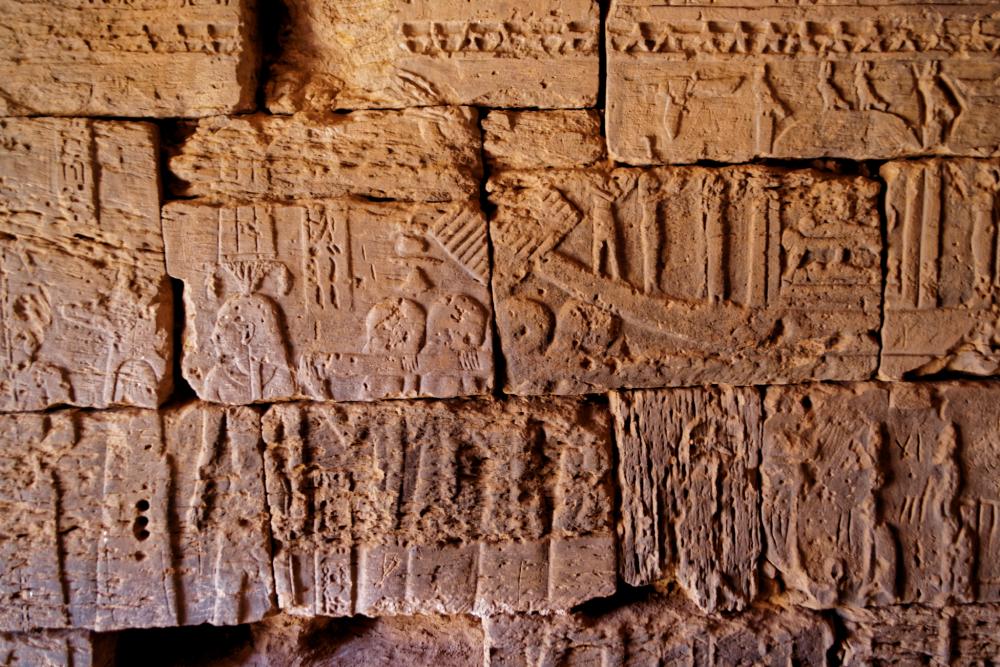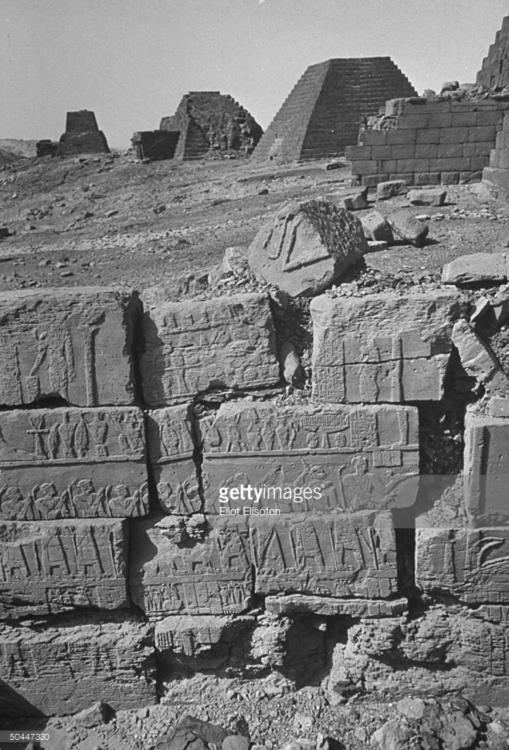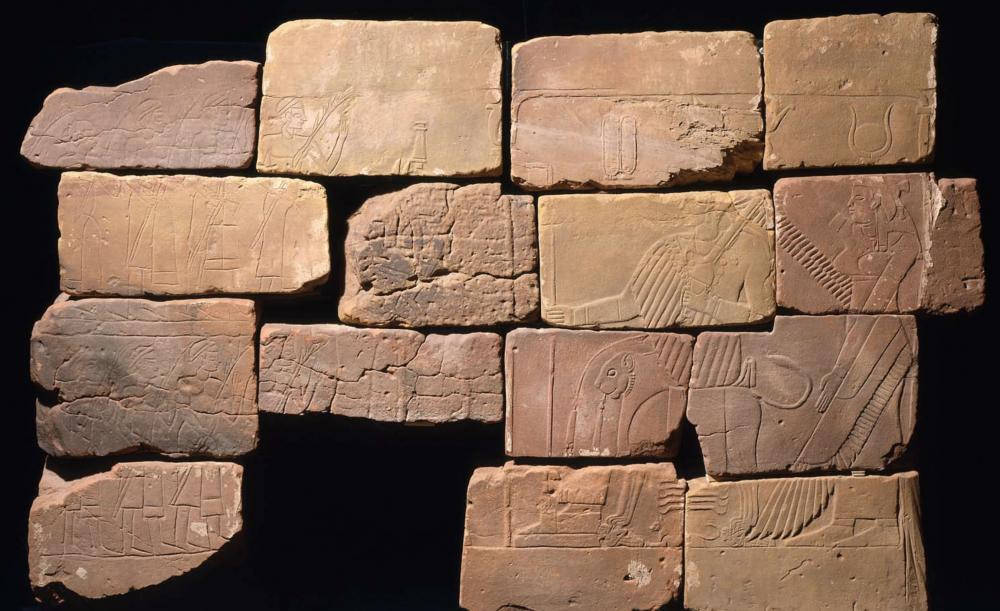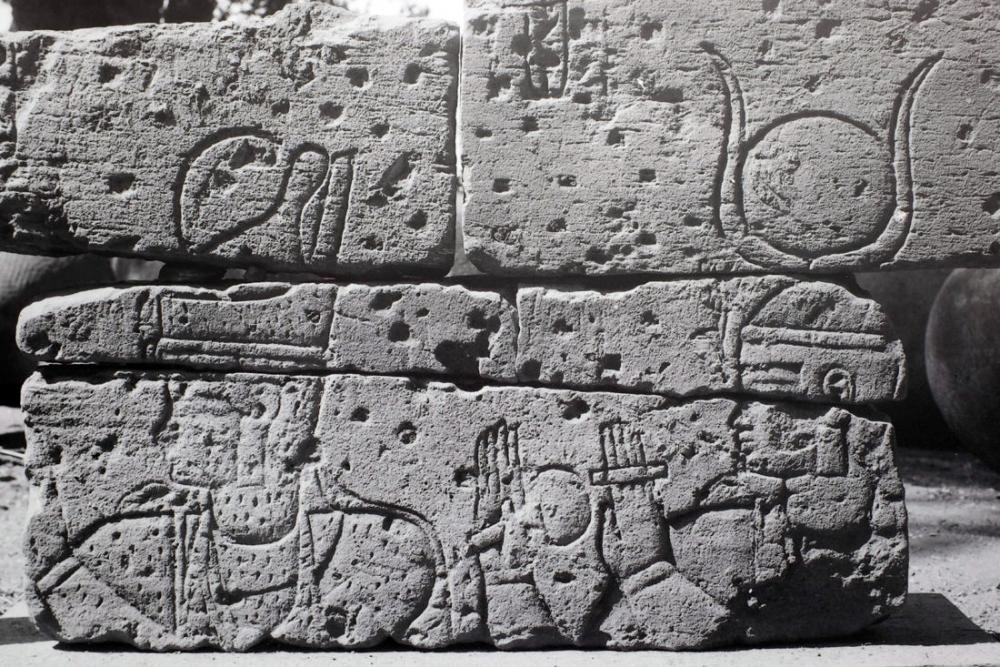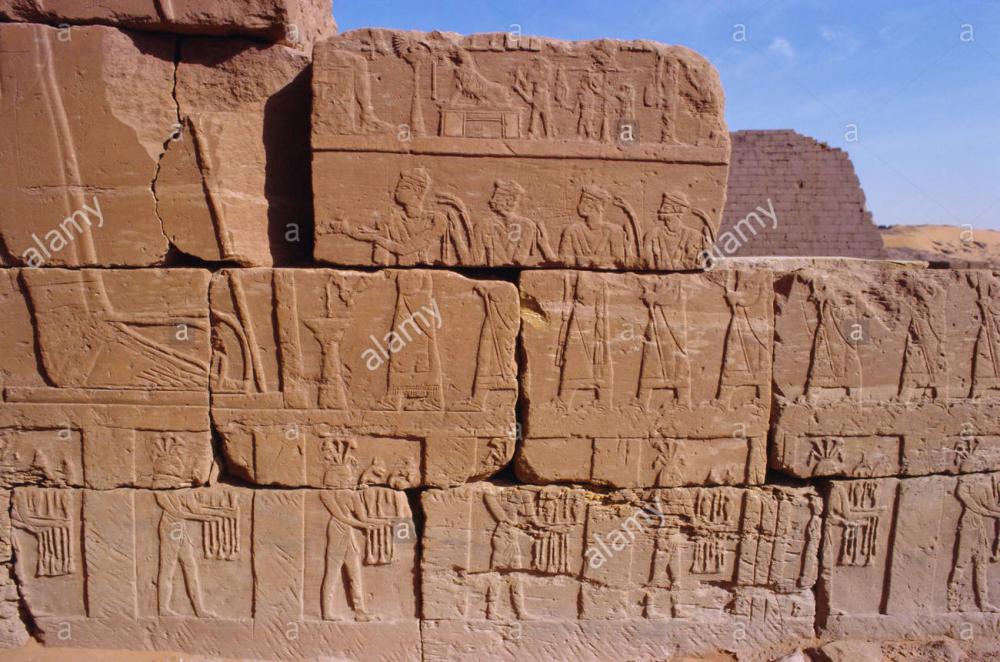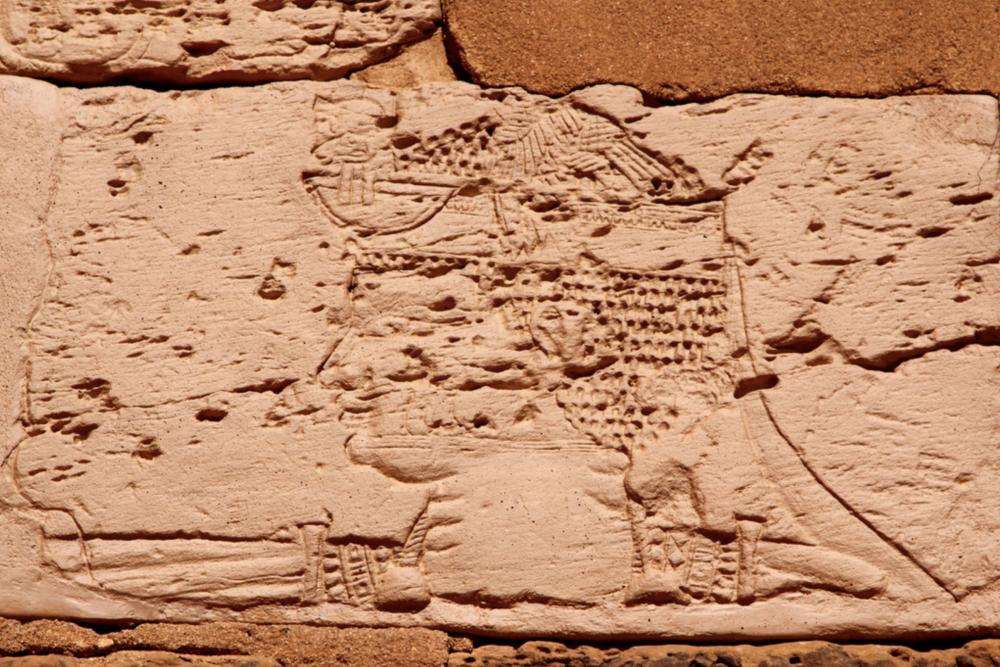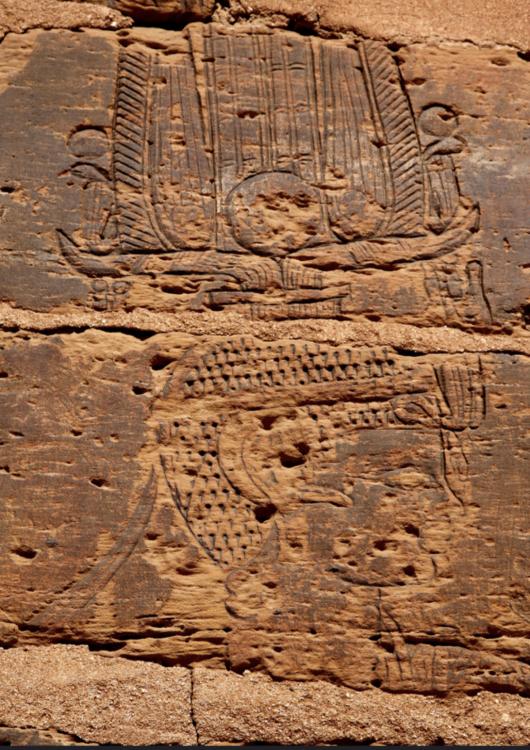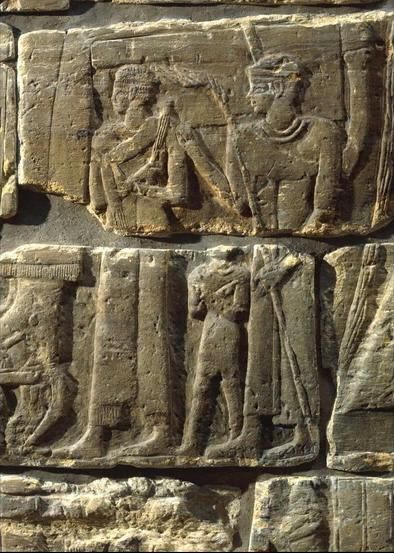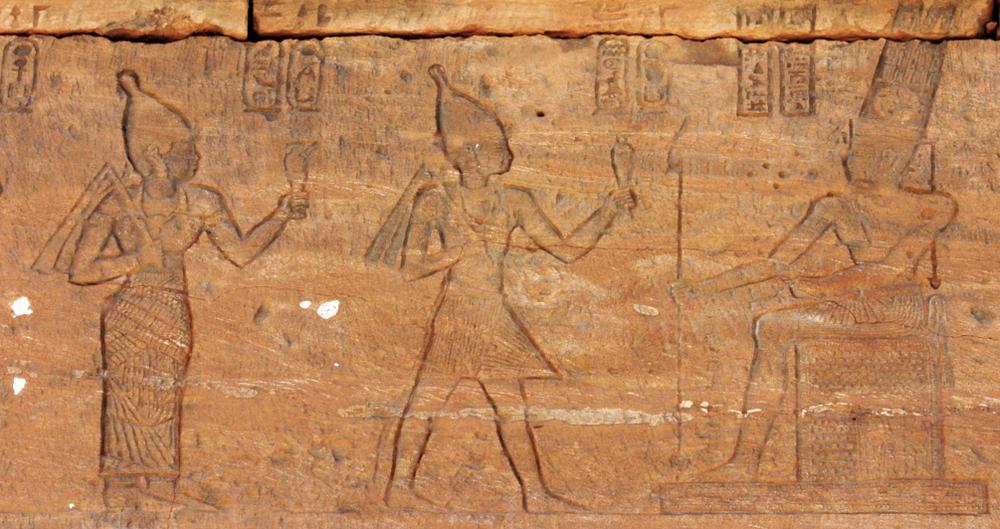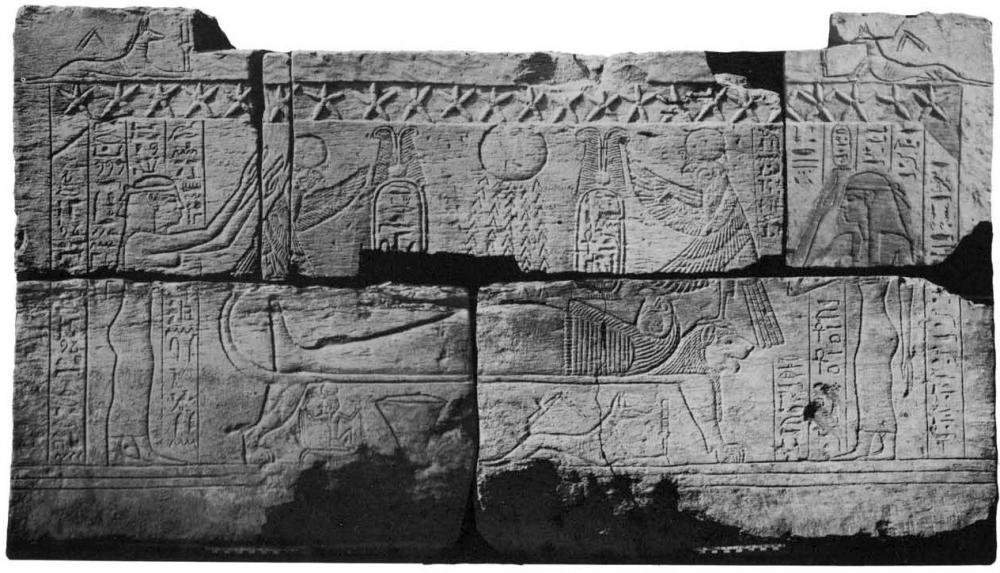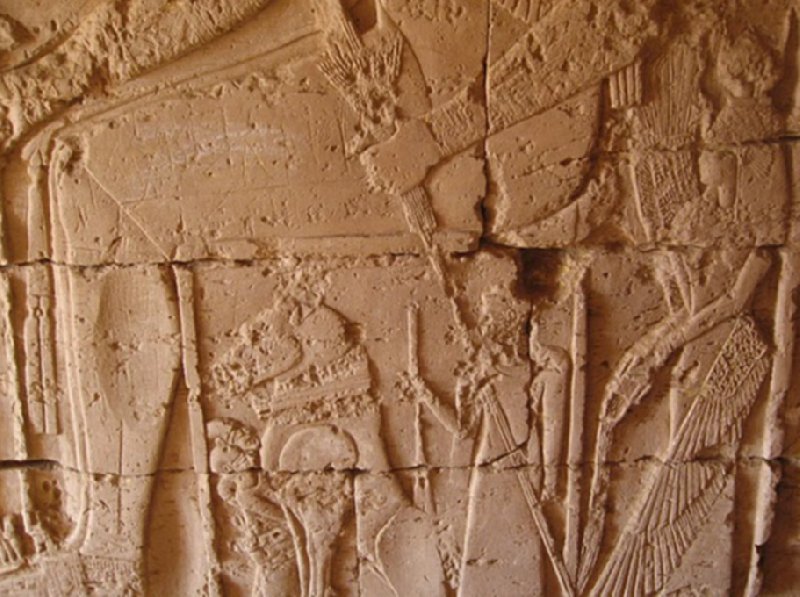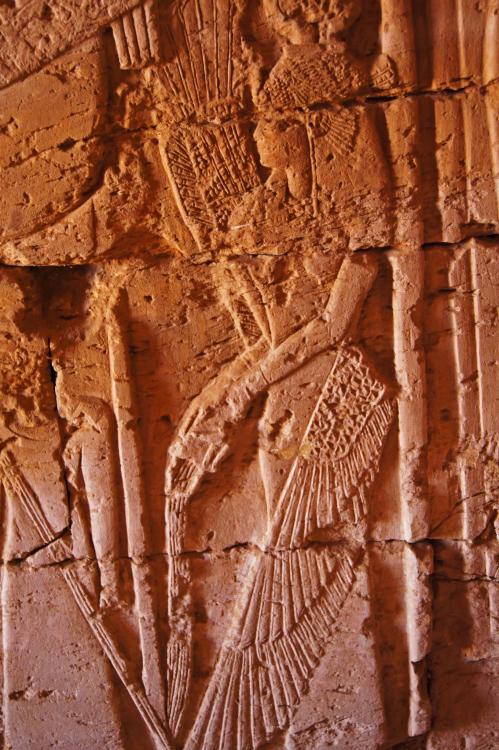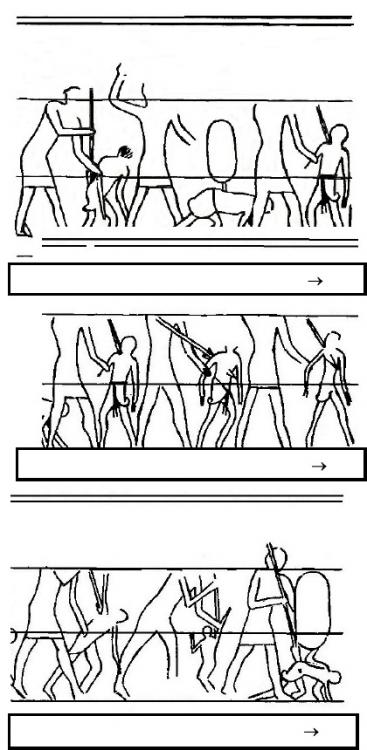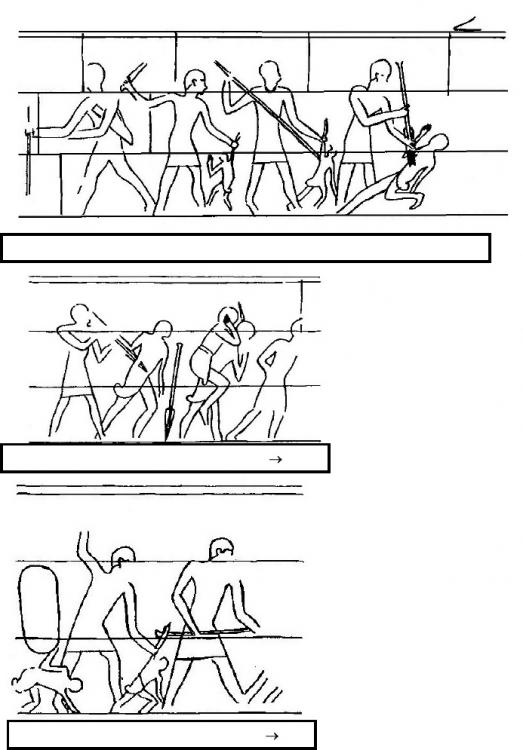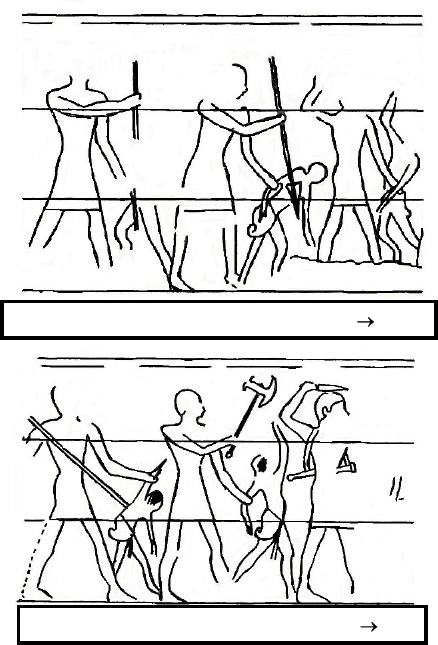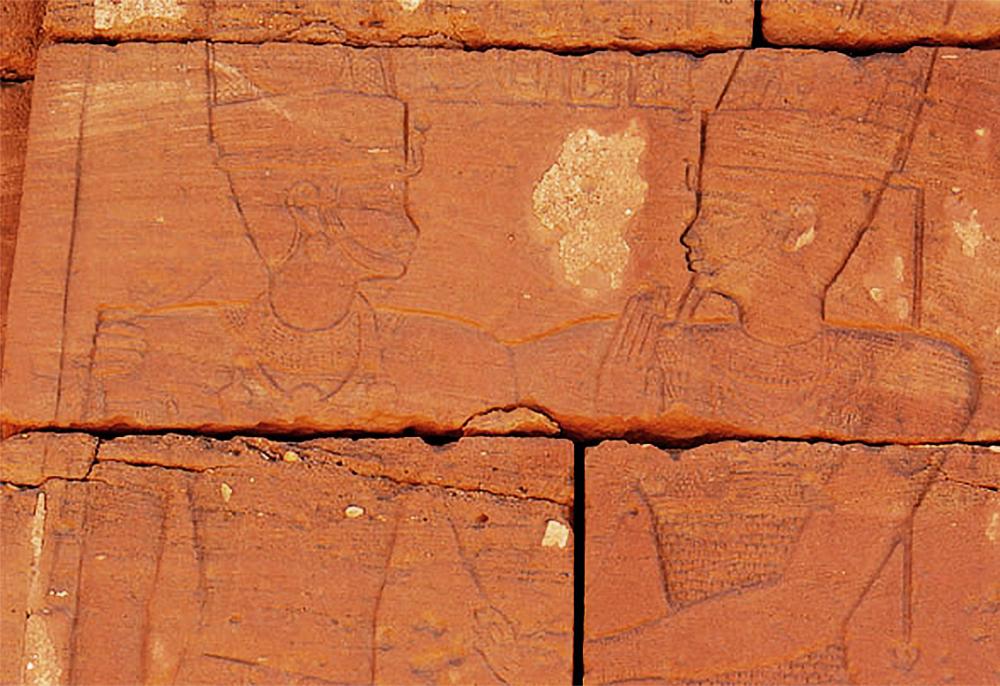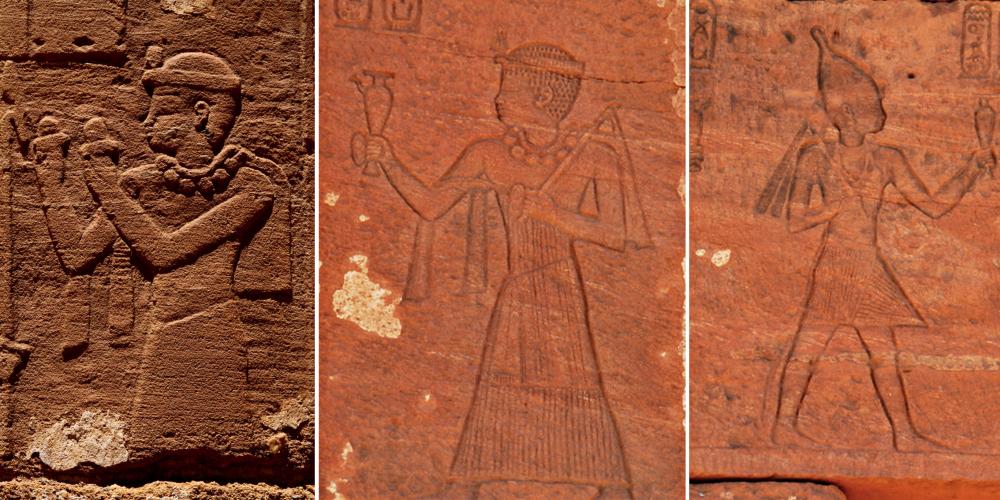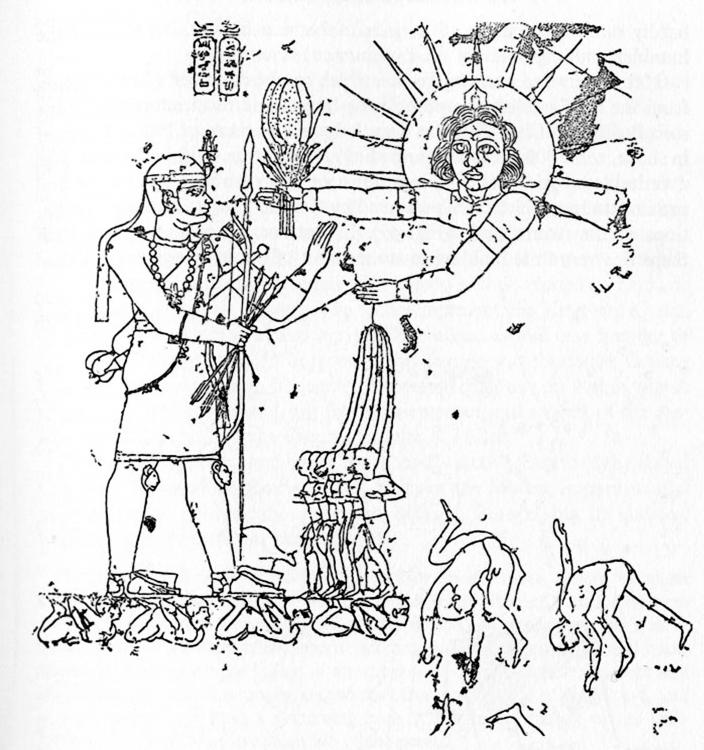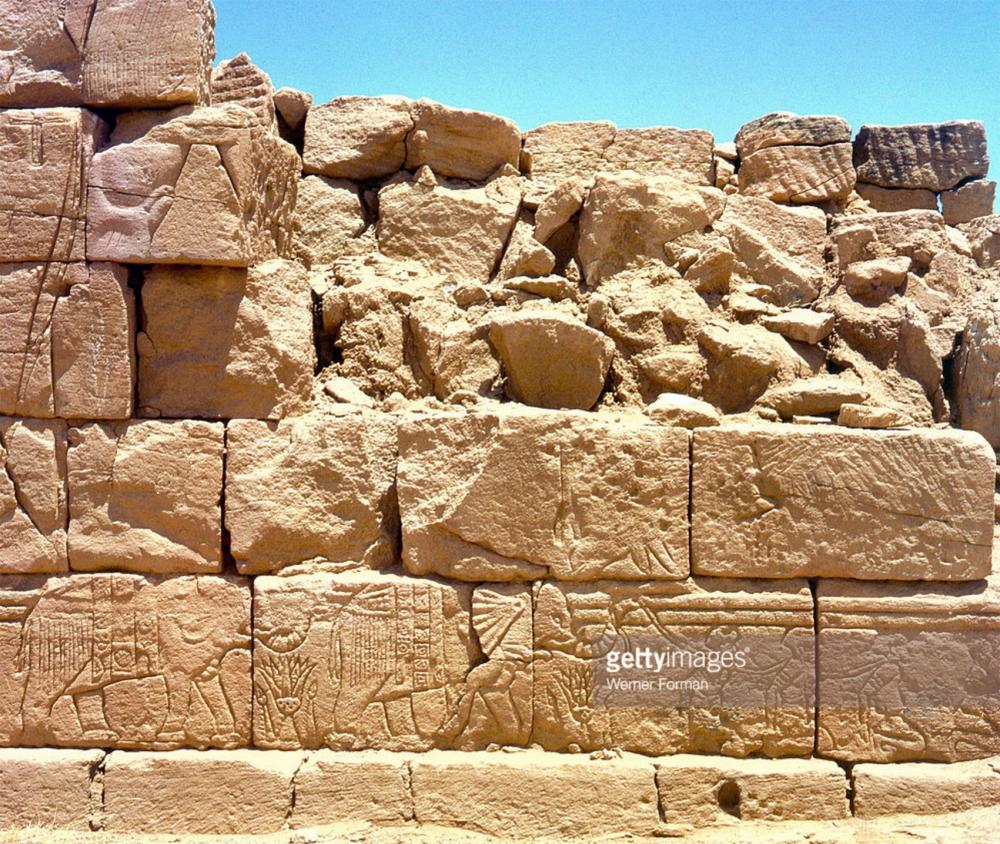-
Posts
2.332 -
Joined
-
Last visited
-
Days Won
60
Everything posted by Sundiata
-
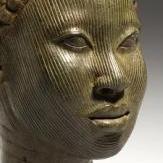
Farm / Field diminishing returns
Sundiata replied to WhiteTreePaladin's topic in Gameplay Discussion
Making the farm building (dropsite for food) a pre-requisite for fields, and taking away the ability from the CC to function as a dropsite (or penalising the use of the CC by reduced efficiency) would automatically stop people from building fields right around their CC's. I think it would intuitively make people build farms and fields further away from the CC and in turn make them more vulnerable to raiding. More logical/realistic too. Reducing the amount of workers per field, or increasing the size/footprint of a field (rectangular is much more logical/realistic) would also force people to build more of them, and/or spread them out more, which would create a healthier balance in terms of town/countryside. That diminishing returns thing is very incognito indeed. I had no idea it was even implemented or how it works? Micromanaging resource gathering in general is pain in my opinion... -
@elexis Thanks! I guess it's related to my sometimes intermittent internet connection... Sometimes it's perfect, but other times it makes you want to bash your head against a wall. I'll try your sollution and get back to you when i play some more online games.
-

The Kingdom of Kush: A proper introduction [Illustrated]
Sundiata replied to Sundiata's topic in Official tasks
Kerma: Capital of the first Kingdom of Kush (c. 2500-1500 BC) Aerial view of a historic reconstruction of the central district of the Royal City of Kerma, somewhere around c. 2000 - 1500 BC, showing the Western Deffufa, a massive mud-brick religious monument, still standing today at 18meters in height, surrounded by elite residential area's. This central area was walled with massive earthen ramparts with bastions. A large necropolis, shrines, palaces and agricultural villages extending north and south towards the fertile plain of the Nile surrounded this district. Just to offer some historical context and explain the cultural substrate of Kush I want to share some images and a short introduction to the history of the first Kingdom of Kush, also known as the Kingdom of Kerma. Around 2500 BC The Kingdom of Kerma eveolved out of pre-Kerma and Kerma culture which started as early as 3500 BC, in northern Sudan. The history of Kerma illustrates that the later Kingdoms of Kush weren't just mere reflections of Pharaonic Egypt, but were built on an enduring millennia old legacy that actively shaped the history of Egypt itself. I will simply quote some good sources on the subject here: Kerma (also known as Dukki Gel) was the capital city of the Kerma Culture, which was located in present-day Sudan at least 5500 years ago. Kerma is one of the largest archaeological sites in ancient Nubia. It has produced decades of extensive excavations and research, including thousands of graves and tombs and the residential quarters of the main city surrounding the Western/Lower Deffufa. Around 3000 BC, a cultural tradition began around Kerma. It was a large urban center that was built around a large adobe temple known as the Western Deffufa.[1] As a capital city and location of royal burials, it sheds light on the complex social structure present in this society. Settlement periods: Pre-Kerma (c. 3500–2500 BC) No C-Group culture Phase Early Kerma (c. 2500–2050 BC) C-Group Phase Ia–Ib Middle Kerma (c. 2050–1750 BC) C-Group Phase Ib–IIa Classic Kerma (c. 1750–1580 BC) C-Group Phase IIb–III Final Kerma (c. 1580–1500 BC) C-Group Phase IIb–III Late Kerma – ‘New Kingdom’ (c.1500–1100? BC) ‘New Kingdom’ By 1700 BC, Kerma was host to a population of at least 10,000 people.[5] Different to those of ancient Egypt in theme and composition, Kerma's artefacts are characterized by extensive amounts of blue faience, which the Kermans developed techniques to work with independently of Egypt,[6] and by their work with glazed quartzite and architectural inlays. Kerma contains a cemetery with over 30,000 graves. The cemetery shows a general pattern of larger graves ringed by smaller ones, suggesting social stratification. The site includes at its southern boundary burial mounds, with four extending upwards of 90 metres (300 feet) in diameter. These are believed to be the graves of the city's final kings, some of which contain motifs and artwork reflecting Egyptian deities such as Horus. For decades after Reisner’s excavations, his dismissal of the site as an Egyptian satellite fortified city was accepted. “The patient and diligent work of Bonnet and his colleagues unearthed the foundations of numerous houses, workshops, and palaces, proving that as early as 2000 BC Kerma was a large urban center, presumably the capital city and a burial ground of the kings of Kush”.[12] From 1977 to 2003, Bonnet and an international team of scholars excavated at Kerma. In 2003, black granite statues of pharaohs of the Twenty-fifth Dynasty of Egypt were discovered near Kerma by Charles Bonnet and his archaeological team. - Wikipedia: Kerma - Kerma was evidently a sizable political entity - Egyptian records speak of its rich and populous agricultural regions. Unlike Egypt, Kerma seems to have been highly centralized. It controlled the 1st to 4th Cataracts, which meant its domain was as extensive as ancient Egypt. Numerous village communities scattered alongside fields of crops made up the bulk of the realm, but there also seems to have been districts wherein pastoralism (goat, sheep and cattle) and gold processing were important industries.[6] Certain Kerma towns served to centralize agricultural products and direct trade. Analysis of the skulls of thousands of cattle interred in royal Kerma tombs suggest that stock were sometimes brought vast distances, from far districts, presumably as a type of tribute from rural communities on the death of Kerma's monarchs. This parallels the importance of cattle as royal property in other parts of Africa at later times. Only the centres of Kerma and Sai seem to have had contained sizable urban populations. Possibly further excavations will reveal other regional centres. At Kerma and Sai, there is much evidence of wealthy elites, and a class of dignitaries who monitored trade in merchandise arriving from far-off lands, and who supervised shipments dispatched from administrative buildings. Evidently, Kerma played an important intermediary role in the trade of luxury items from the Central African interior to Egypt. During the First Intermediate Period, the Egyptian presence in Lower Nubia ceased. When at the beginning of the New Kingdom, Egyptian sources again mentioned the region of Kerma, they reported Kerma as being in control of both Upper and Lower Nubia. The long history of Egyptian military activity in Lower Nubia may indicate that Kerma was perceived as a threat to Pharaonic Egypt at varying times. Principal Egyptian fortifications were built in the middle Nile Valley during the Middle Kingdom.[8] These were to secure the Upper Egyptian border against raids from Kerma, and more than likely and to protect the valuable trade routes between the two regions.[3] Both during the Middle and New Kingdoms, the resources Kerma possessed – gold, cattle, milk products, ebony, incense, ivory, etc. – were much coveted by Egypt. Its army were built around archers.[9] During its zenith, Kerma formed a partnership with the Hyksos and tried to crush Egypt. Discoveries in 2003 at the Governor of El Kab's Tomb (near Thebes) show that Kerma invaded deep into Egypt between 1575 and 1550 BCE. It is believed that this was one of Egypt's most humiliating defeats, which later pharaohs had erased from the official historic records. Many royal statues and monuments were looted from Egypt and removed to Kerma, apparently as a gesture of triumph by Kerma's ruler.[10] Under Tuthmosis I [and Ahmose I], Egypt made several campaigns south.[11] This eventually resulted in their annexation of Nubia (Kerma/ Kush) c.1504 BC. After the conquest, Kerma culture was increasingly 'Egyptianized' yet rebellions continued for 220 years (till c.1300 BC). During the New Kingdom, Kerma/Kush nevertheless became a key province of the Egyptian Empire - economically, politically and spiritually. Indeed, major Pharonic ceremonies were held at Jebel Barkal near Napata,[12] and the royal lineages of the two regions seem to have intermarried. - Wikipedia Kerma Culture - An inglorious end: - Ancient Nubia, Shinnie - And finally, a decent summery on the history of Kerma More images of ancient Kerma:- 1.040 replies
-
- 3
-

-

-
- civ profile
- history
- (and 5 more)
-
Luvly...
-
Are you sure? I have this UDP port issue or that STUN endpoint-thing almost every time I go in the lobby and try to connect. It usually eventually starts working by repeatedly trying to join a game, but sometimes there's no point in trying. I've had friends experience the same thing almost systematically. It kind of spoils the fun, If you're not computer-savy and just want to play a game. Makes you give up trying, especially seen as it seems to be totally random/unpredictable...
-
Tyrannotaurus, Tauropods, Bovid-Rex, Bos Taurusaurus, Bos Giraffidae-Rex, Camelopardalisaurus... I'm going to be quiet now.
-

The Kingdom of Kush: A proper introduction [Illustrated]
Sundiata replied to Sundiata's topic in Official tasks
The Kingdom of Kush: The final great reference dump for Kushite Reliefs This post is essentially a photographic addendum to Voyage à Meroë and The Lepsius Collection. As with the other two, this collection is quite extensive, and the three sources combined form a great basis for comparative studies of Kushite reliefs. Some of the conclusions we can draw from these reliefs relate to the enduring and evolving nature of Pharaonic culture and religion, well in to the Christian period. In every sense, these people considered themselves the true heirs of the New Kingdom. There is an almost dogmatic adherence to "Egyptian" styles, but for those paying close attention, there are many peculiarities typical of Kushite art. Some of the more interesting details in a number of these reliefs regard the ethnicity of the subjects, which is more clear in these photographs, than they are from the early 19th century sketches by European explorers. Kushites looked just like modern Nubians (Nilo-Saharans) in lower Nubia, and like Nuba and South Sudanese (also Nilo-Saharan) in Upper Nubia. Both ancestral groups mixed extensively with each other, and to a certain degree with Afro-Asiatic speakers (Ancient Egyptians and nomadic peoples like the Beja or Afar). Another interesting point is the large variation in quality of the reliefs. Some are very crude, while others represent some of the finest reliefs ever produced in the Nile Valley, not only rivalling their Egyptian predecessors, but surpassing them. High quality reliefs were produced throughout the Napatan and Meroitic periods, but most have been thoroughly destroyed since. We only poses a fraction of what would have once been a massive corpus. The few weapons and armours depicted confirm what we already established earlier: Bow and Arrows, Spears, Pikes, Swords, Axes, Mace-Axes, Oval Shields, Skullcaps, Cotton Corselets and Bronze Scale Armour Corselet. The Reliefs of Kush:- 1.040 replies
-
- 4
-

-

-
- civ profile
- history
- (and 5 more)
-
@serveurix I actually made a collage of species of flowers native to Great Britain : The "problem" isn't so much that they look exotic, because they just look like generic flowers from anywhere in the world, but there's differently coloured flowers growing through each other. Just imagine a few species of pretty wild flowers growing in the same spot, and "problem" solved. Might have more to do with it... 1) Stables should be more vulnerable to attack. They're large open spaces with a few structures, difficult to defend in real life. The structure could even be surrounded by smaller fenced areas all the way around it's sides and back, to represent this. 2) A fenced area half the size of a farm" is definitely enough room for a horse to stretch it's legs, which it needs to do at least once a day. In stables, food is delivered in the from bales of hay (good idea for a prop), not necessarily from meadows. This is how horses are kept in densely populated areas. Reality is continually compromised in the game. It's not a simulation, so all the models are just approximations anyway. 3) Indeed, but that's for combat practice. Horses need leisure time too At the end of the day, it really doesn't matter, just an idea. I've been thinking about a lot of ways to break AoEII conventions, and visually it can be achieved by more unique models. For example, 0AD simply copied the "square farm" concept from AoE, but what is it's benefit, other than making everybody think the game is an age of empires clone. Vast majority of farms anywhere in the world are sort of rectangular, so why not make farms rectangular, in stead of square. Looks more realistic, and people will be less inclined to think it"s an AoE ripoff. Same goes for stables. Add a fenced area for a horse to actually walk around, and WHAM! Totally different from Age of Empires! And don't forget recognisability...
-
Just a thought, but perhaps the footprint of the stables can be increased with a miniature fenced field (half the size of a farm) with an idle horse pacing around, directly adjacent to the building, to represent these "meadows". Would also make the stables 100% recognisable in an instant, even when zoomed out. It also makes it look more unique and realistic than the AoE equivalent. I actually like the brightly coloured flowers and other vegetation.
-

===[COMMITTED]=== Siege Weapons Infantry Animations
Sundiata replied to Alexandermb's topic in Completed Art Tasks
I love this! It does so much to bring the siege-engines alive... With the new siege-workshops and other new structures the next alpha will be amazing, if everything is implemented of course. -
Well they also peaked in the (second phase) Napatan period and the Meroitic Period, which is actually the time-frame I'm researching, when they were expanding more towards the South and simultaneously often maintaining a presence in South Egypt. Unless there were direct parallels to later Napatan and Meroitic periods, no 25th dynasty sources have been used for any of the models. My research focuses entirely on Sudanese sources, and I've been purposefully filtering out anything that might be Egyptian unless I specifically specified that it was Egyptian. The conclusion is abundantly clear: The Kingdom of Kush was a major power to be reckoned with, for a thousand years after their "loss" of Egypt. Even after their ejection from Egypt, they continued to shape and reshape the South-Egyptian political and religious scene. They actually continued ruling as Pharaohs of the two lands, although their effective control wouldn't have passed the Thebaid again after the 25th dynasty. I very seriously wouldn't play 0AD if it only had 3 factions. I straight up wouldn't even give it a chance... It's not 1995 anymore. 12 factions really aren't a lot according to today's conventions. Less civs really isn't better. Just a lot more boring... Balance wise, there is no reason two civs can't be very similar to each other, and it's especially not a problem when you have many civs. So you could have 20 civs, but balance wise, it feels more like 5 civs, with smaller historical differences between them. Best of both worlds...
-
Ok, we're starting to find more common-ground Isn't a lot of Imperial Rome already in Delenda Est? What work would need to be done? one correction though: The reason I'm researching the Kushites is because they fit all of the ages. Not just Archaic. They span the entire length of 0AD's timeframe and beyond. Of all the factions in the game, Kushites actually had the longest lasting civilisation. They would also be the only faction in game that pushed back the Romans decisively, a history that still needs to be appreciated by the larger historical community who seem to be entirely ignorant of Kushite history: the Roman war is often seen as a failed Kushite invasion of Roman Egypt, very conveniently negating the Roman military expansion in to and taxation of territory that was at least nominally controlled by Kushites. Kush was simply asserting it's borders and flexing it's muscles at their new neighbours by sacking Roman possessions in Southern Egypt. The Romans ended up biting off a lot more than they could chew when they counter-invaded. So did the Ptolemies, the Persians, the Neo-Assyrians and Late-Egyptians... In those days Kush was very known, and visited by many. Kushites also travelled extensively across the ancient world and this convincingly explains the presence of black people in the Mediterranean throughout antiquity. Kushites should have actually been added before a number of other civs already in the game, but I'll forgive the community this "mistake", on account of the history being so obscured for such a long time. Now, in 2017, we have all the information we need to make Kushites one of the most thoroughly researched factions in 0AD, and reappraise this buried history. Well, I didn't look at it like that before. You're right, BC it is
-
@Nescio Let the nitpicking continue! I really think Antiquity refers to the historic period preceding the Middle Ages, going as far back as Ancient Egypt and the Akkadian Empire, which is a little too far for this version of 0AD. Classical Antiquity refers to the rise of the great interlocking civilisations of the Mediterranean, beginning around the 8th c. BCE up to around the fall of the Western Roman Empire in the 5th century AD (perfect for 0AD). Classical Greece refers to, well, classical Greece, (510BCE - 323BCE). I don't really see why Imperial Rome is such a taboo in this version of 0AD. It's awesome that the early Roman units are depicted with such fidelity to history, but seeing late-game Roman champion units with a Lorica Segmenta would be majestic, and reason enough to go up to the 3d century in my opinion. It would also open up a lot of possible references for a Germanic faction, which is a must have if you're developing a game with Romans, I think.
-
I love this! Although I must say that the requirement to have a market to trade or buy/sell resources seems like a really good one. Other than that, I've been waiting for the day someone would add a "coinage system" or something like it. I wish you all the luck with this project! Curious to see how it plays...
-
Sweet Jesus... I think from a gameplay point of view, unit recruitment gets assigned to specific and much more logical structures that become pre-requisites for training those units. This forces the player to make more thought-through decisions about how they're going to spend resources, and build-times, and for which units at what time. It also allows enemies to target specific unit production infrastructure, crippling specific area's of the enemies military ability. They also help delay unnatural rushing in the opening 5min of a game. New strategies and tactics open up, leading the way to more logical and diverse ways of playing the game. + there's so much eye-candy in the form of new buildings I can barely contain my excitement
-
If you're depending on defence towers as a primary means of defence, you're bound to end up disappointed, as you should be. These towers were historically relatively rare, and primarily used to scan the horizons, in my understanding. They're more of an RTS-convention, and don't need to be overpowered imo. Sentry Tower → Defence Tower → Fortress is a beautiful progression of available defensive structures, and the Fortress should be the cream of the crop: very strong with heavy territory influence. This can be balanced by a very high build cost so they can't be spammed. Yes, I like that a lot! The fortress is a late game structures so the CC will remain important in the early game and can remain the cheaper default means of expansion in late game. The fortresses can become more expensive but more formidable.
-
Yeah Very recognisable It's all about the details! @feneur, Perhaps you could assist us, so we can stop cluttering up this otherwise lovely thread on Spartan structures with our incessant nitpicking
-
That depends on what source you're consulting. Few of these periods are clearly defined. You're referring to Classical Greece, by the way, not Classical Antiquity. To clarify, I'm only referring to my ideal idea of the approximate time-period for the start of 0AD: By the way, I think we should be having this discussion somewhere else
-
The end of the Bronze Age (Late Bronze Age Collapse), and the beginning of the Iron Age and associated Classical Antiquity, although having variable dates in different locations, aren't arbitrary at all. They reflect the end of one major age, and the beginning of a new one. For most civs in 0AD, that date would be somewhere between 1000 - 600BCE, when things really start changing. That's when we see the collapse of the ancient palace economies of the Eastern Mediterranean and the Middle East, and the upcoming market economies of the great trade-empires. Ancient theocratic societies start making way for ambitious imperial powerhouses bent on conquest and higher volume, long distance trade. Bronze Age forms a continuum. Classical Iron Age forms a continuum. Middle Ages form a continuum. Off course there is some continuity in the transition between the major ages, but those periods are mostly marked by extreme volatility, widespread conflict, disaster and especially obscurity. I want to emphasise that I'm speaking in very broad terms here. I just think a less precisely defined timeframe like Classical Antiquity, is better for 0AD than a 500BC-1AD timeframe, for a number of reasons, like marketability, broadening the spectrum of eligible references, allowing a single civ to play out it's history instead of being chopped in to different parts (in-game continuity), the potential to include more of people's favourite civs in the future. 0AD is a Historical RTS set in Classical Antiquity vs 0AD is a Historical RTS focusing on the years between 500 B.C. and 1 B.C.
-
A wonder isn't built overnight
-

===[TASK]=== WONDER: Persians: Apadana of Darius
Sundiata replied to Mythos_Ruler's topic in Official tasks
The model looks very promising! I like it very much. Perhaps the back side should have an opening, so we can imagine the flow of people passing from one side to the other (a smaller staircase to the back). -
@stanislas69 Thanks! I found it. Never saw this topic before... Anyway, in that case, don't mind my previous comment
-
@feneur Thanks for explaining. I'm aware of a second part being discussed, but my concern over the past years has been that maybe deferring stuff to a part two (that may take another decade) to lower the workload, is actually making research more difficult, because what can be referenced becomes quite arbitrarily defined by the 500BCE-1AD period, while a lot of really interesting and interconnected stuff was happening the 2 centuries or so before and after these cut-off points. I understand that there is indeed some wiggle-room for which I'm grateful, I just think the wiggle-room should be formally extended to Classical Antiquity, and let part two begin from the start of the Middle Ages, the 5th century, after the collapse of the Western Roman Empire. Those timeframes are at least recognisable to historians and amateurs alike. I don't think 500BCE means a whole lot to anyone in particular. @Lion.Kanzen Also having different Roman factions seems a little weird to me, but maybe that's just me? Republican Romans evolving in to Imperial Romans over the course of the different phases seems so cool to me. Byzantines would be the Eastern Romans in part 2. Logical? Guys, by the way, I know I'm spewing out a bunch of wild ideas out here, and I don't want you to think that I expect you to do anything with it. I just see the forums as the perfect place for brainstorming. I won't get offended if these ideas get mercilessly shot down, I'm just testing the limits of the game , and I thank you for your patience with me and actually reading these suggestions. Just wanted to clarify that.
-
Where should I emphasise it? Maybe I don't quite get what you mean.. Like create a ==[TASK]== in Art Development?
-
Beautiful!

